![AH #1_0139[1]](http://arte-case.com/wp-content/uploads/2016/03/AH-1_01391.jpg) This week we take a look at the world of collecting from the perspective of Andrea Hazen, an art advisor based in NYC and Paris. She’s a personal friend and I’ve also been her client ! (She guided me to my first contemporary art acquisition – a Marilyn Minter photograph, which is my favorite piece in my home!)
This week we take a look at the world of collecting from the perspective of Andrea Hazen, an art advisor based in NYC and Paris. She’s a personal friend and I’ve also been her client ! (She guided me to my first contemporary art acquisition – a Marilyn Minter photograph, which is my favorite piece in my home!)
This interview is prompted by a desire to explore the idea of approaching acquisitions – whether they are art or furniture – as expressions – even inanimate extensions- of ourselves, our goals, our aspirations. Hope you enjoy it!
What drew you to this métier?
As a child I was drawn to architecture and interior design (spending more time arranging my Barbie’s homes than playing house), as well as art. I started taking private painting lessons very early on. Later at St. Mary’s College I double majored in Studio Art and Art History. I was also passionate about Architecture and completed the first year curriculum at the University of Notre Dame during my sophomore year.
A couple of years after graduating my moment of providence appeared when I got a job working for an Art Advisor in Chicago. I worked with her for 9 years building an incredible business. During that time I did go back to school and complete a degree in Interior Architecture. In 2002 I decided it was time to spread my wings and I moved to New York City where I started my own business. Et voila, here I am, some 22 years into this most unusual of “métiers” and I still love it as much as the day I started.
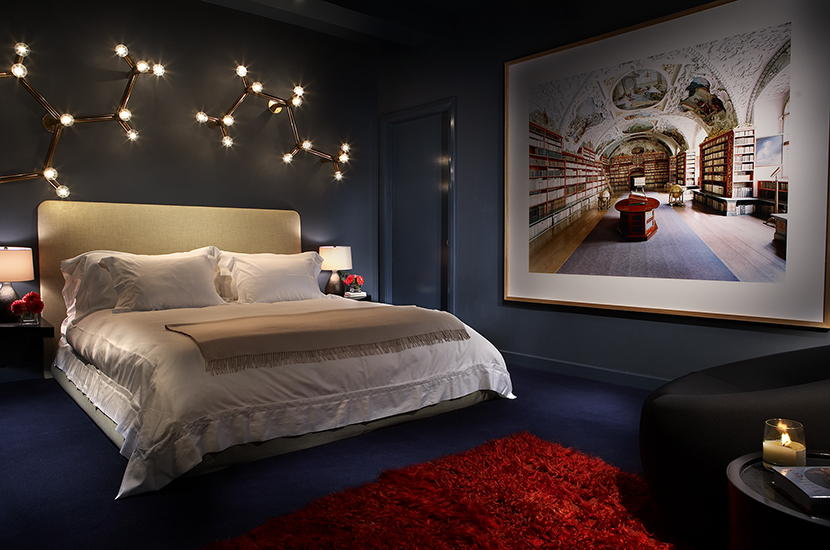
Candida Hofer photo in a private residence in NYC.
How do you approach collecting?
There are different approaches when it comes to collecting and installing art but I find I like to take a holistic approach; being respectful of both the art and the context in which it is installed. Some people dismiss this approach as “decorating with art” but that’s not the way I see it. It’s taking into account the interior space as a whole and thoughtfully incorporating the art. Museums curate and thoughtfully hang their exhibits and I try to do the same. And yes, aesthetics play into this and are very important to me.

Sheila Hicks
What is your philosophy on collecting?
Collecting art is a very personal venture and I believe a collection should reflect the owner’s personal interests, vision and taste. I do not try and push my own agenda on my clients. I work with them to build collections that are meaningful to them and that they’ll love and continue to build upon over time. I try to push them out of their comfort zones as their tastes develop and evolve. I think this is one reason why my clients still love living with the artworks they purchased in their early days of collecting

Rob Pruitt
What is the best way to start collecting?
If someone is interested in starting to collect, education and experience are key. The art world is big and it’s hard to know where to start and who to trust. One should begin looking at art by visiting galleries, museums and art fairs while reading art publications, getting exposure and figuring out the things he/she is drawn to and why.
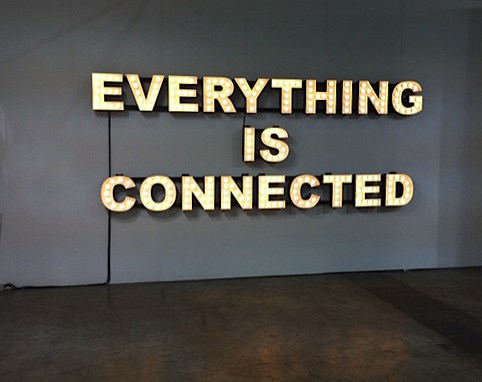
Peter Liversidge
What services does an art advisor offer?
We help shortcut this daunting undertaking and get you “there” faster and take the sting out of it.
A good advisor will meet with you to talk about your interests, level of art knowledge, budget, and interior environment. Education is a huge component to my approach. There are a lot of mistakes that can be made. There is a lot of overpriced, expensive art being sold that will not hold its value. I can’t tell you how many stories I’ve heard over the years of people being seduced by a sales agent at a commercial art gallery, spending big money on a work of art made by an artist who is only represented by this gallery (or gallery chain) which they will never be able sell for close to the purchase price should the need/desire arise.
Due diligence is key. By this I mean it’s important to know where an artist fits into the overall art world landscape; is the artist showing in and being collected by museums, showing in international art fairs of note, and is the gallery reputable?
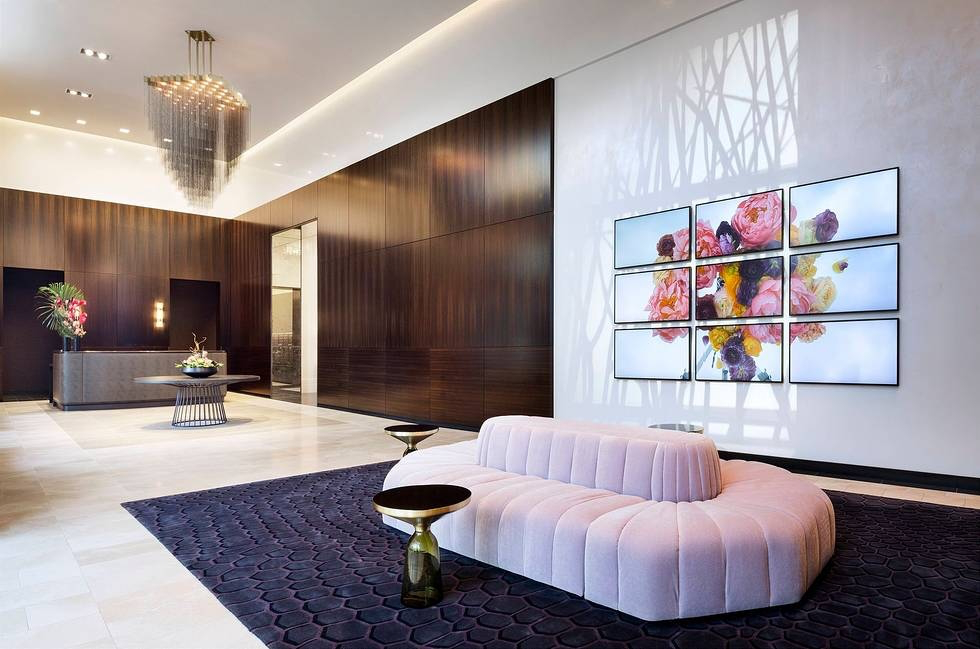
Diana Thater, OneEleven Chicago, The Related Companies
In your opinion, how does collecting art impact your life? What are some benefits of collecting art and objects?
Collecting art impacts people’s lives in much the same way as music, film, and literature. It’s culture. Years ago I posted a statement on my website, “Culture is not a luxury but a necessity. It is very personal venture, one can be interested in art that reflects one’s time; art from the past with references to history, religion or allegory; art that reflects ones emotions and feelings, etc.
I think the greatest benefit of collecting art is that it enriches one’s life greatly. There is the art as investment aspect also to consider. Art has proven to be a great and solid asset. And in countries such as France, there is an added tax benefit.

Valerie Belin at L’Oréal headquarters, NYC
Tell us the story of one of your favorite jobs/professional experiences?
One that comes to mind is a project where I was asked to help a beauty related corporation with the art for their headquarters in NYC. For my presentation, I put together a range of different directions, from very conservative and “expected” to incredibly interesting, cutting-edge contemporary art that reflected the brand.
At the end of my presentation, the president of the company asked me, “What would you choose? What is your favorite option?” My heart started beating a little faster when I pointed to my favorite and he said, “Let’s do that then. It makes the most sense.” He didn’t say this because he didn’t have an opinion of his own, but because he trusted mine as the person he hired to find art that reflected the company’s values. Clients get the best and most interesting results when they respect this process. Consequently they invested in world-class artists whose names are only getting bigger, leading to increased and more stable value. It was an incredibly rewarding project and the art they purchased is still relevant and looks great many years later.
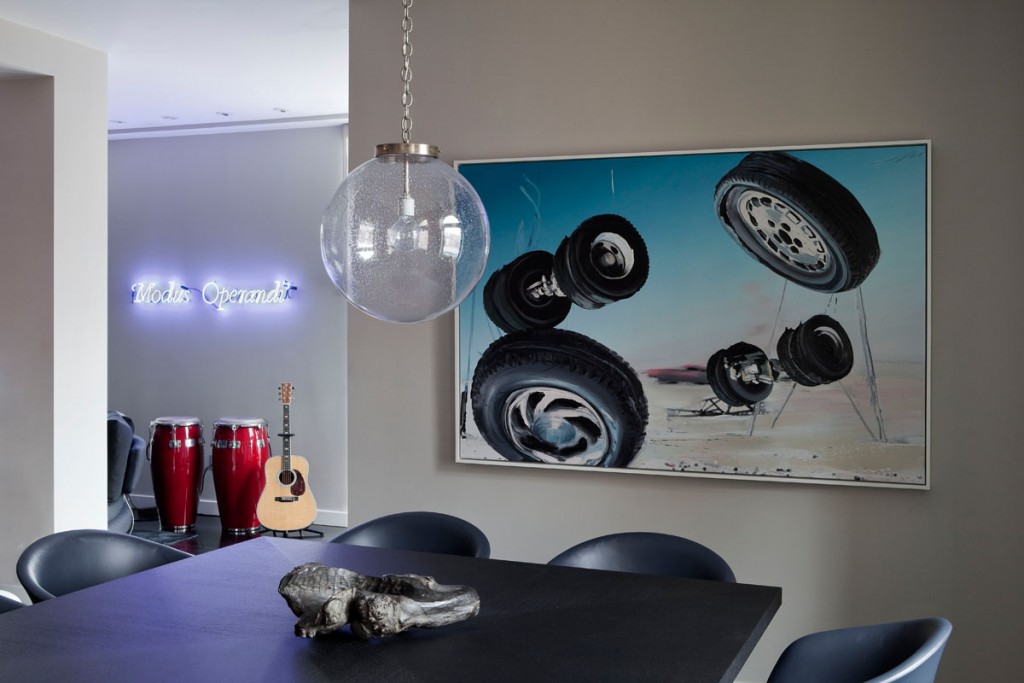
Dirk-Skreber and Joseph-Kosuth in a private residence in NYC.
How often are you in France? Will you be available to meet clients during FIAC? Would you give tours of this fair?
I divide my time between New York City and Paris. My travel schedule is based on my work with clients and the art world calendar, meaning art fairs, museum exhibitions, biennales and art world holidays (galleries shut down in August).
I will be available in Paris during FIAC to meet with clients. Private tours could be arranged if scheduled in advance.
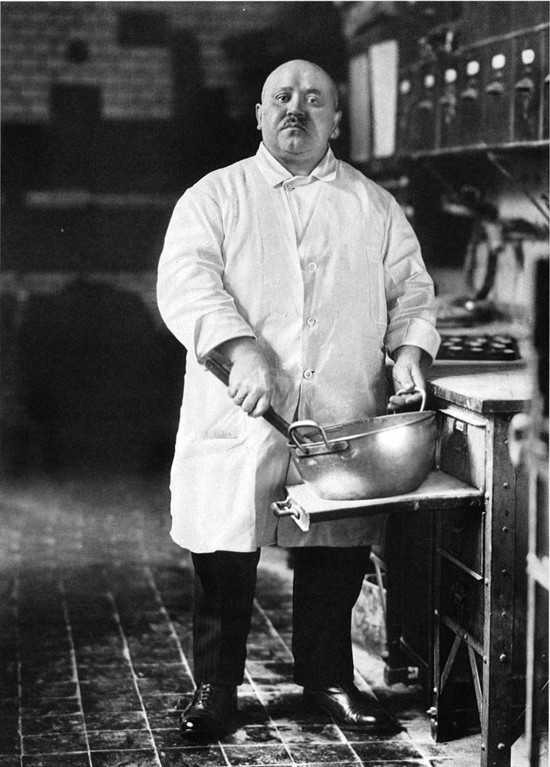
August Sander
How do you work with your clients?
We begin with an initial meeting to discuss collecting goals, budget and visit the space or go over floor plans. It is essential to understand the client’s interests, aesthetic sensibilities and the purpose of the client’s collection as well as the context of where the art will be placed. Based on that first meeting, I develop a collecting strategy that suits the client’s budget and schedule and I start to cull a “broad stroke” of ideas of different artists that I think will be appealing and suitable for the client. We have a second meeting to go over the ideas I’ve put together and at that point, I have a good understanding of the direction and artists the client wants to pursue and I use my far-reaching network to source available works. As we continue to edit and hone our direction, we visit galleries and art fairs to view works in person and the client begins making purchases. It is an organic process; we start from the macro and work to the micro. I work from helping to procure artworks, helping to select framing, to arranging the delivery and overseeing the installation.
From my experience, private collections build and grow over time, and I have worked with most of my clients for many years. Corporate projects always have an end goal so we work accordingly.
What advice would you give to new clients/collectors?
I would say it’s important to educate yourself, be open minded and to collect works you love. At the end of the day, it’s you who is going to be living with it, not the persuasive sales person.
You can learn more about Andrea Hazen one her website: http://www.hazenpartners.com and her blog: http://sublimespy.com
All photos courtesy of Hazen Partners.
 Desk (c1957) in wood, parchment and bronze by Marc du Plantier. Galerie Jacques Lacoste, Paris.
Desk (c1957) in wood, parchment and bronze by Marc du Plantier. Galerie Jacques Lacoste, Paris.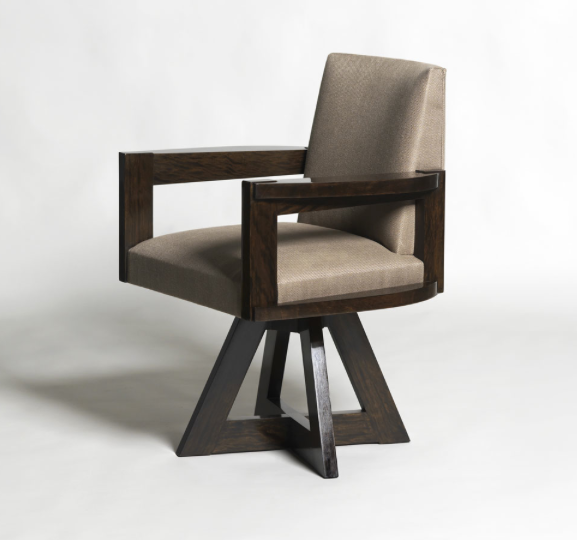 180° Swivel chair (c1934) in solid mahogany by André Sornay. Seat and back upholstered. Galerie Marcelpoil, Paris.
180° Swivel chair (c1934) in solid mahogany by André Sornay. Seat and back upholstered. Galerie Marcelpoil, Paris.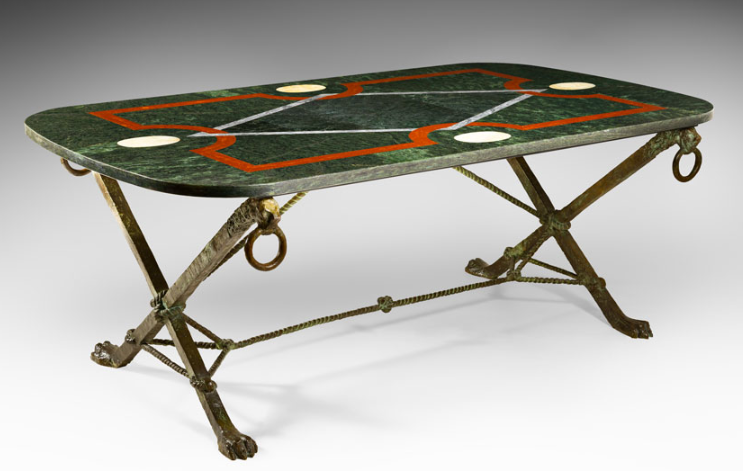 Table by André Arbus (c1964). Patinated bronze base and marble marquetry top. Galerie Chastel-Maréchal, Paris.
Table by André Arbus (c1964). Patinated bronze base and marble marquetry top. Galerie Chastel-Maréchal, Paris.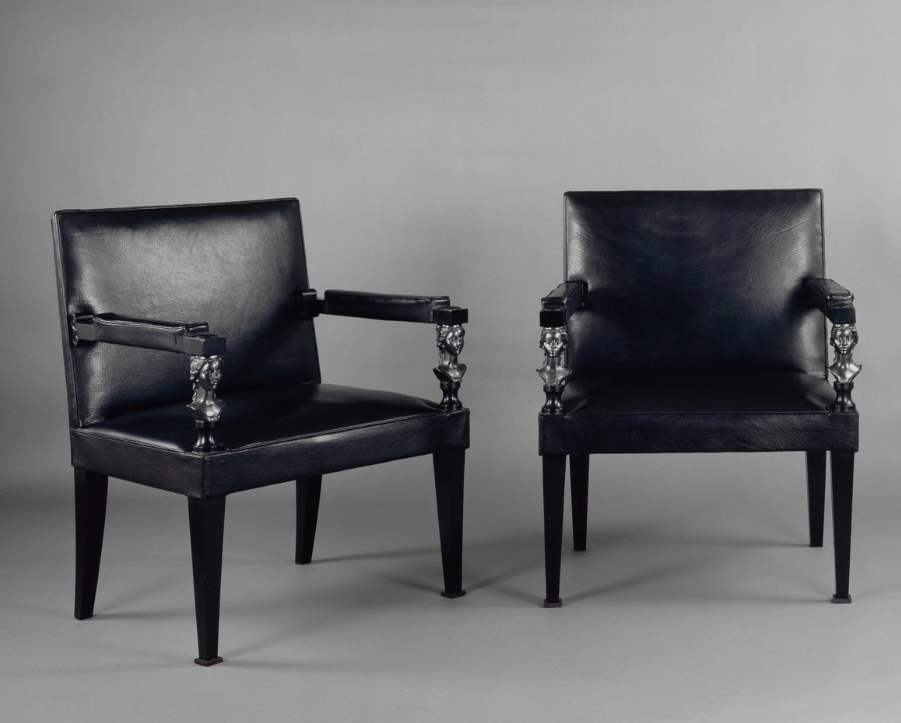 Pair of armchairs (c1949) by André Arbus in black lacquered wood and leather. Female busts in bronze on the armrests by Vadim Androusov. Galerie Yves et Victor Gastou, Paris.
Pair of armchairs (c1949) by André Arbus in black lacquered wood and leather. Female busts in bronze on the armrests by Vadim Androusov. Galerie Yves et Victor Gastou, Paris.  Mahogany and glass desk and chair (c1952) by Maxime Old. This was Mr Old’s personal desk, the model of which was presented at the Salon des Artistes Decorateurs in 1952. Galerie Yves et Victor Gastou, Paris.
Mahogany and glass desk and chair (c1952) by Maxime Old. This was Mr Old’s personal desk, the model of which was presented at the Salon des Artistes Decorateurs in 1952. Galerie Yves et Victor Gastou, Paris.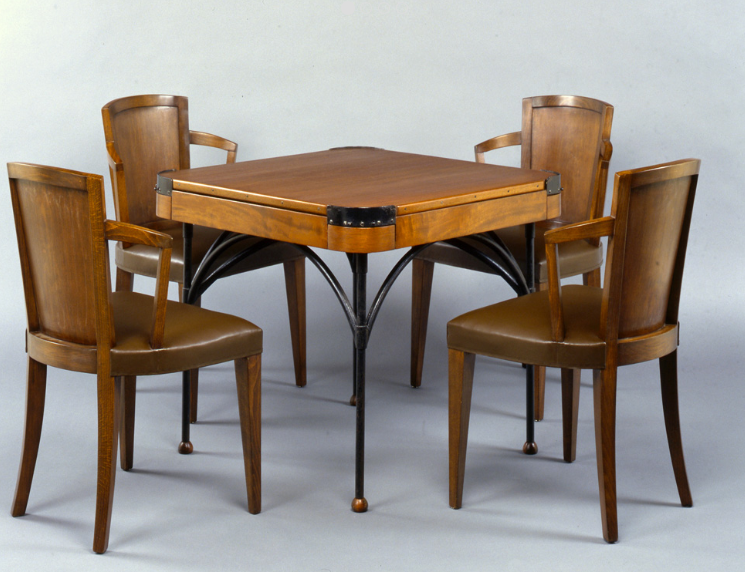 Game table and four chairs (c1923) created for the Grand Hotel de Tours by Pierre Chareau. Mahogany, forged iron, beech, and brown leather. Galerie Doria, Paris.
Game table and four chairs (c1923) created for the Grand Hotel de Tours by Pierre Chareau. Mahogany, forged iron, beech, and brown leather. Galerie Doria, Paris.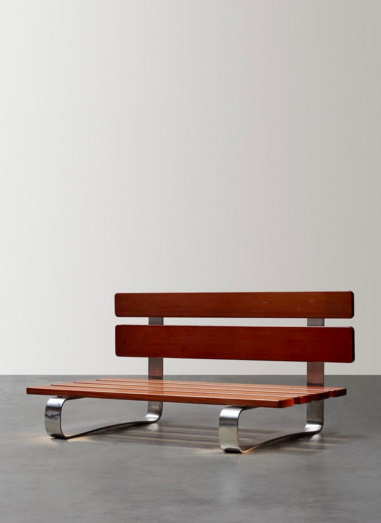 Bench Japon, c 1966, by Charlotte Perriand, Galerie Downtown, Paris.
Bench Japon, c 1966, by Charlotte Perriand, Galerie Downtown, Paris.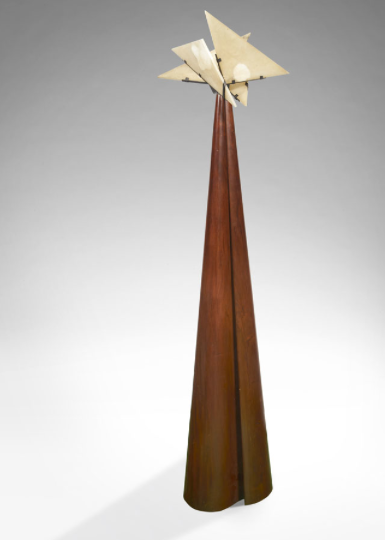 ‘La Religieuse SN31’ standing light by Pierre Chareau. The model was created in 1923, this light was made in 1928. Galerie Marcilhac, Paris.
‘La Religieuse SN31’ standing light by Pierre Chareau. The model was created in 1923, this light was made in 1928. Galerie Marcilhac, Paris.
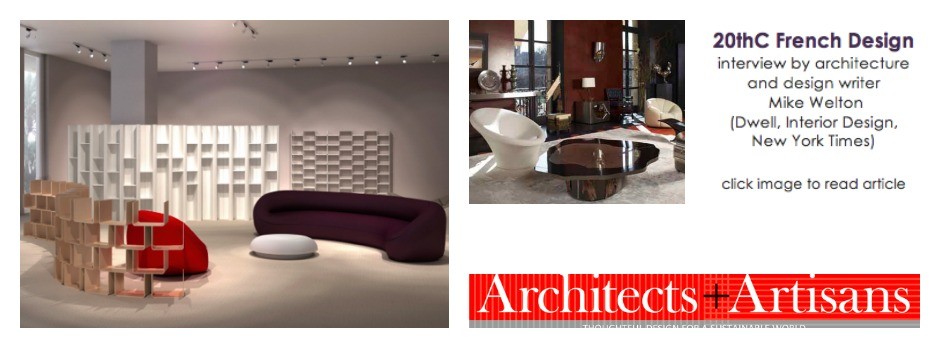

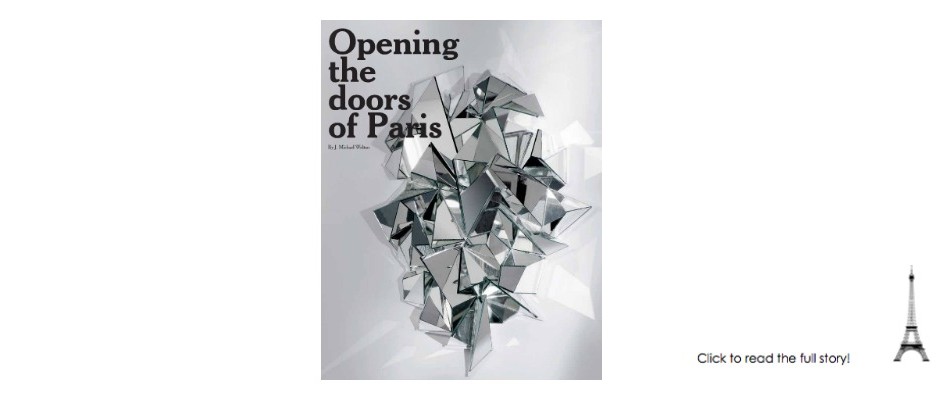
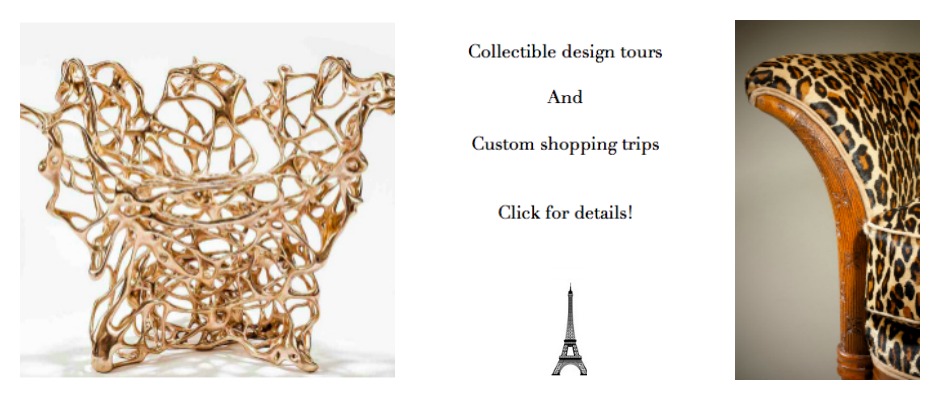
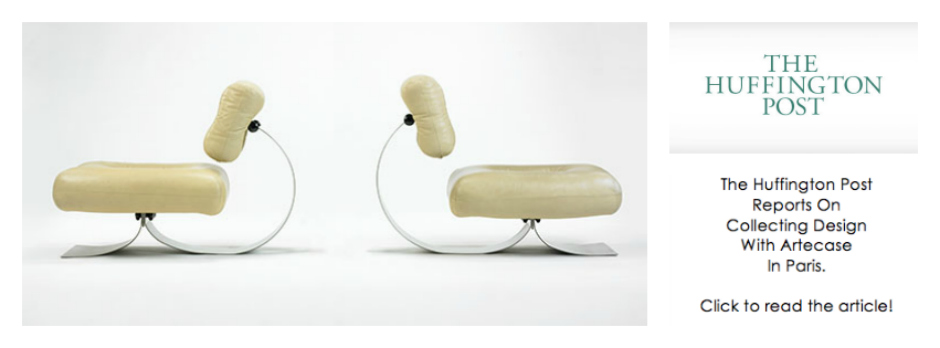


 Bold Long Table, Frank Chou, 2015
Bold Long Table, Frank Chou, 2015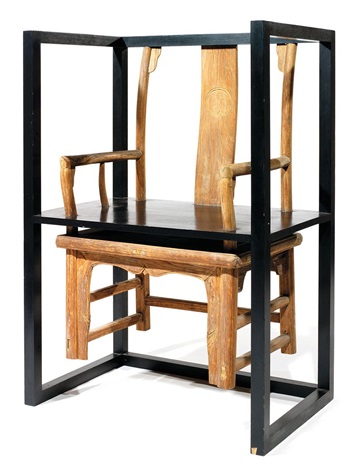

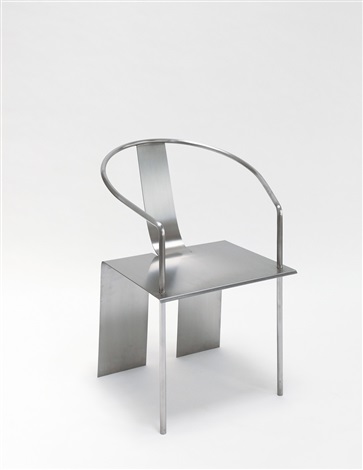
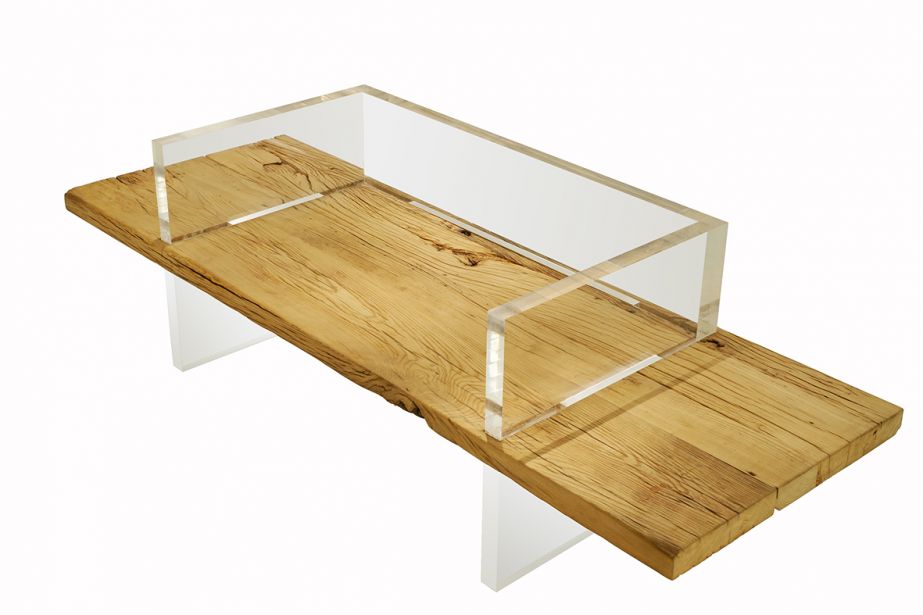
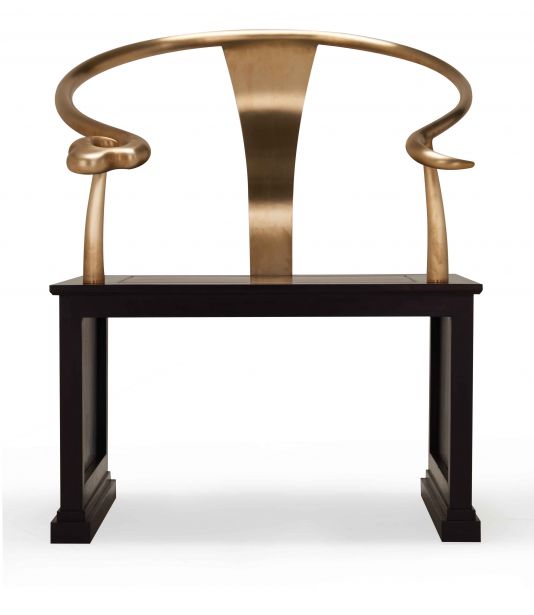 Cloud Chair, Xiao Tianyu, 2016
Cloud Chair, Xiao Tianyu, 2016 Vase Arp3 by Jean Arp and Atelier Manufacture de Sèvres, 1956. Collection Cité de la Ceramique, Sèvres
Vase Arp3 by Jean Arp and Atelier Manufacture de Sèvres, 1956. Collection Cité de la Ceramique, Sèvres  ‘Carreau’, Juan Miro, edition Artigas, 1996, after an original by Miro dated 1970. Private Collection
‘Carreau’, Juan Miro, edition Artigas, 1996, after an original by Miro dated 1970. Private Collection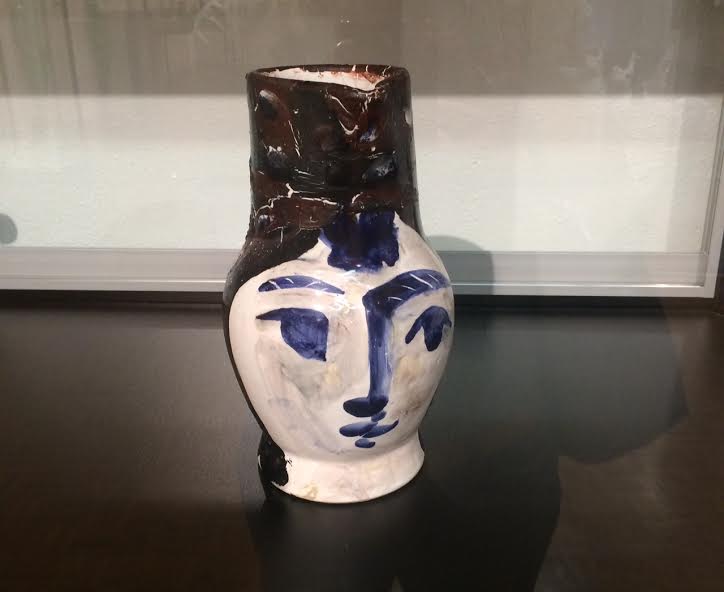 Pichet by Pablo Picasso. Private Collection
Pichet by Pablo Picasso. Private Collection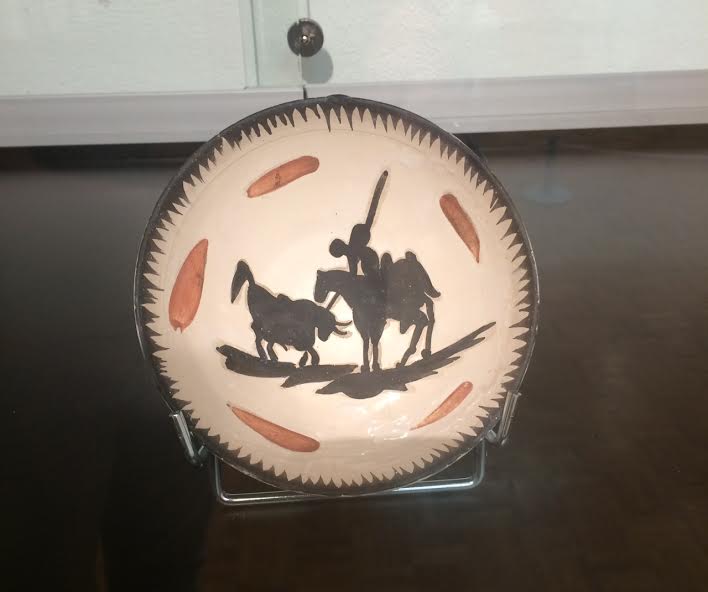 Picador bowl, 1955, Pablo Picasso. Private Collection
Picador bowl, 1955, Pablo Picasso. Private Collection
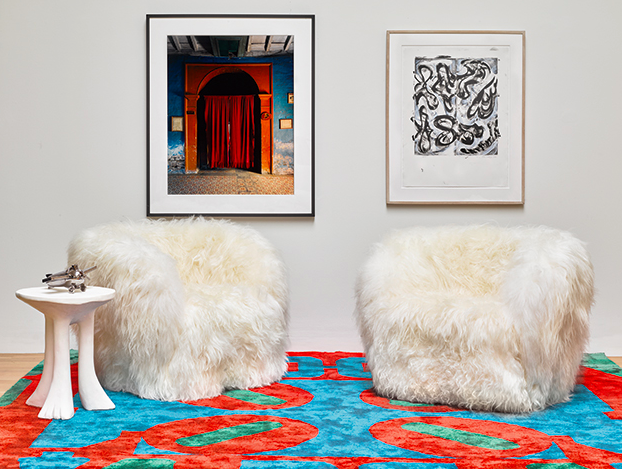
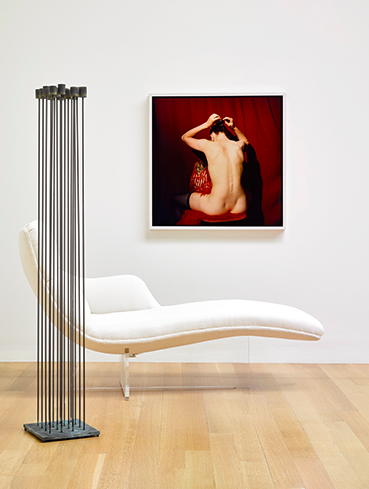
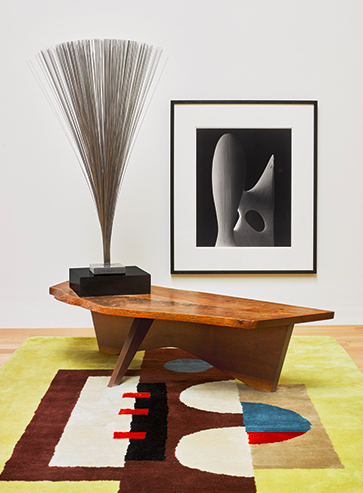


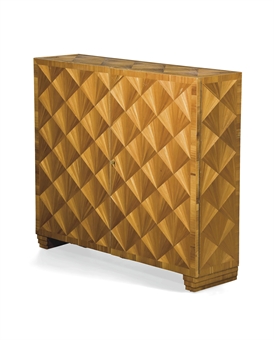

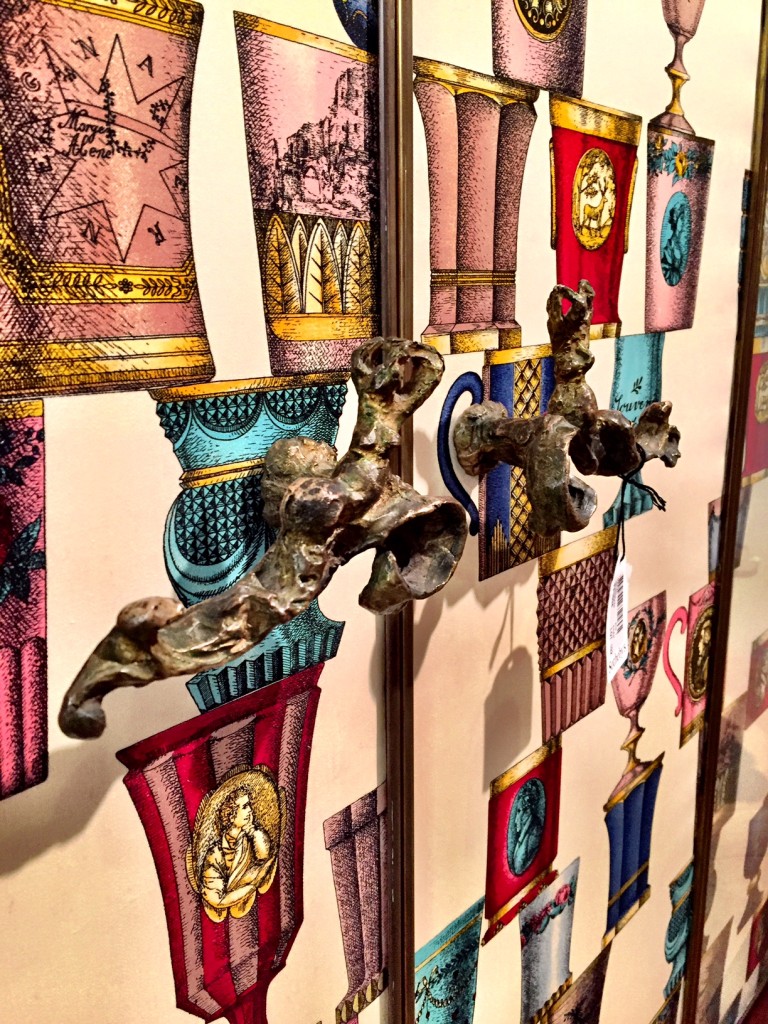

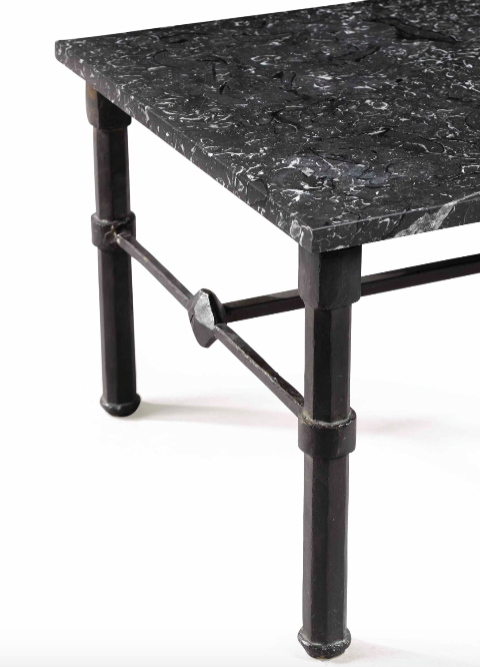
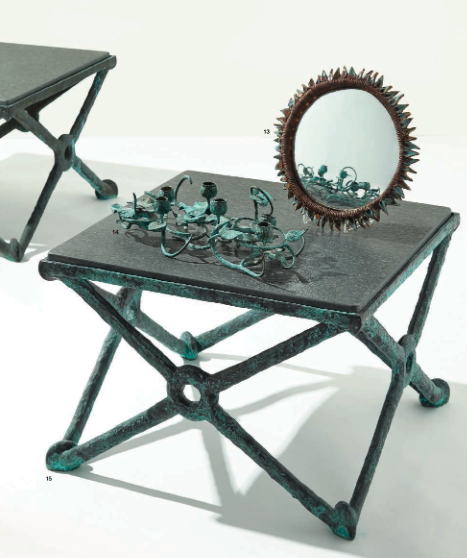
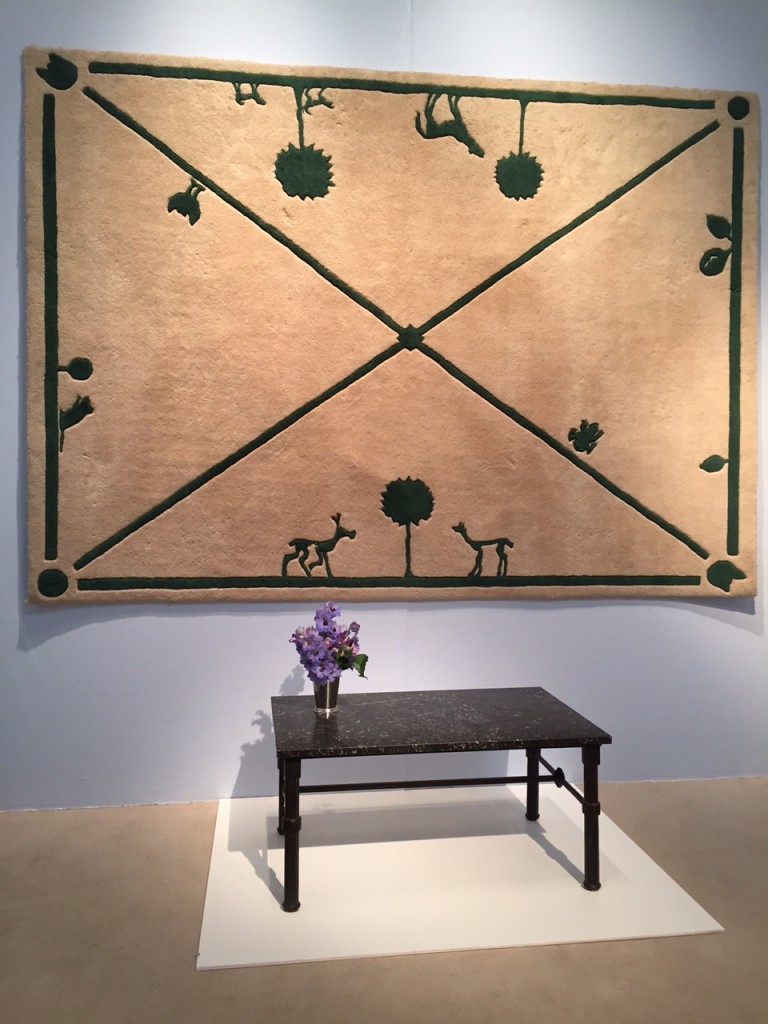
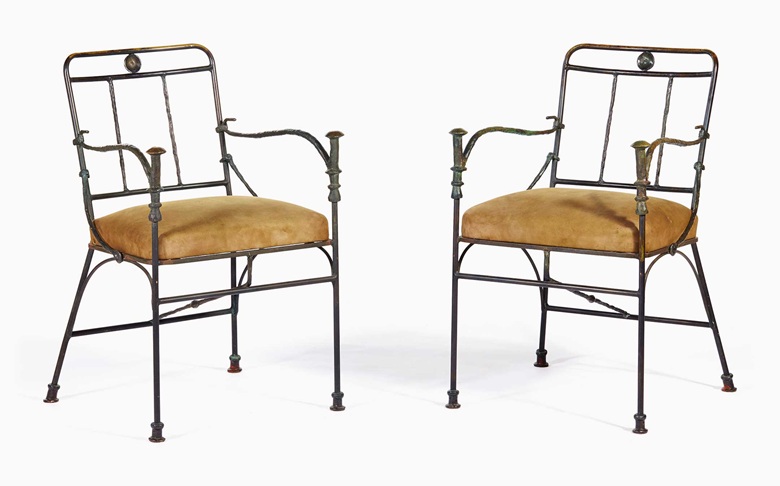
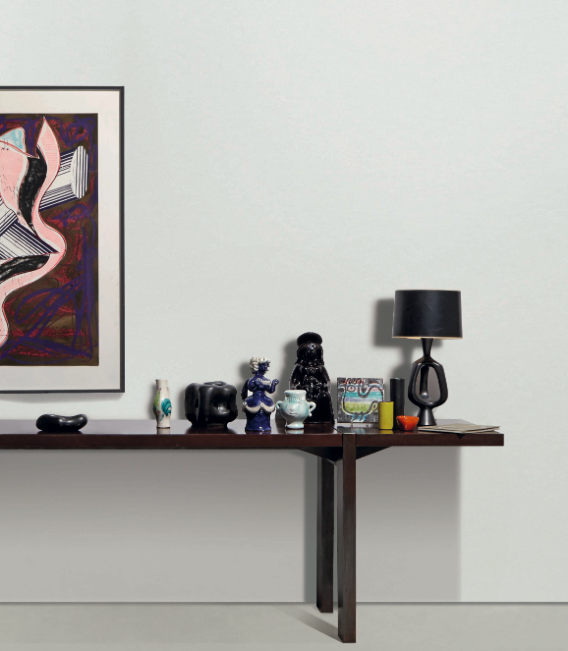
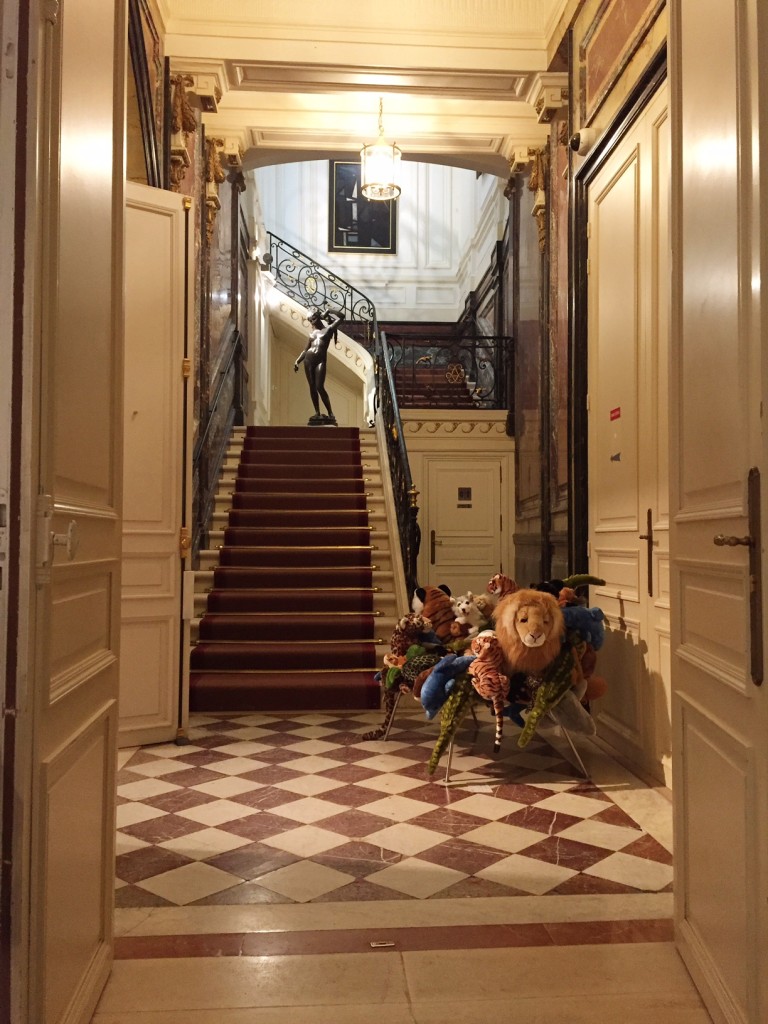
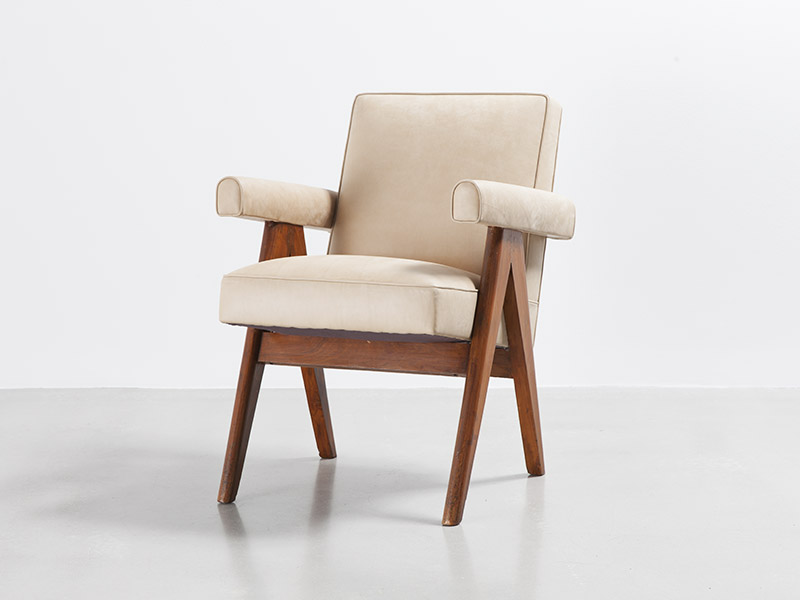

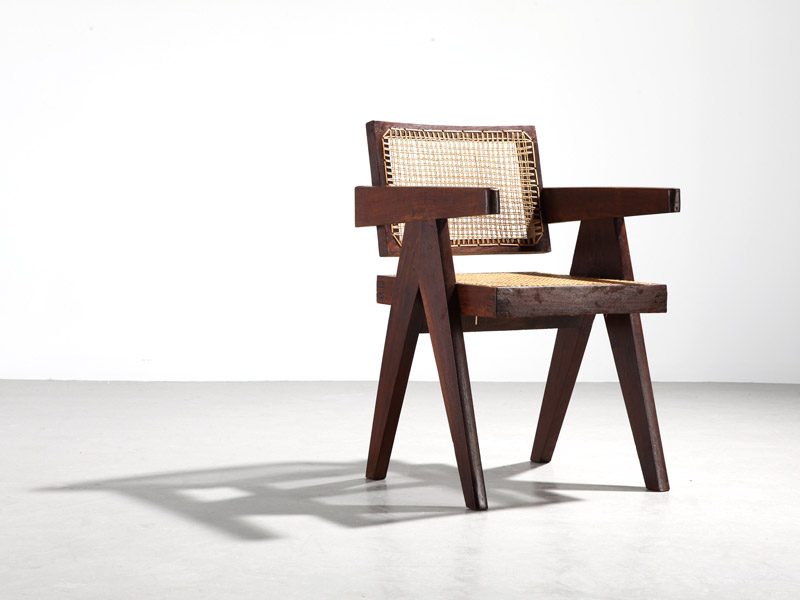
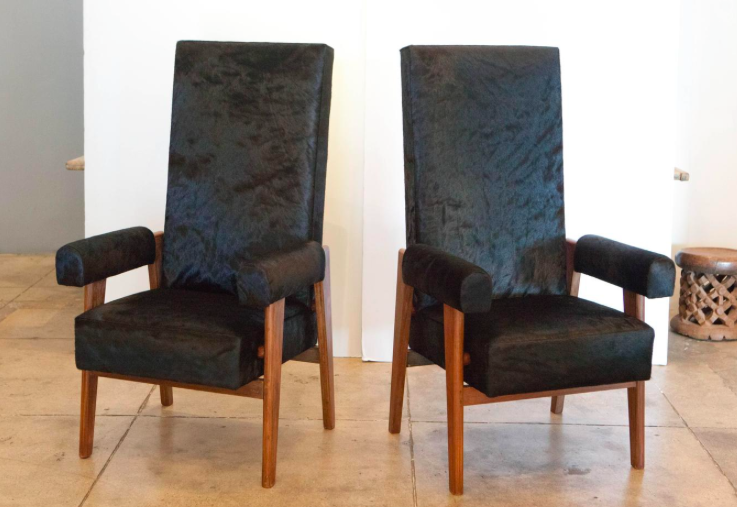

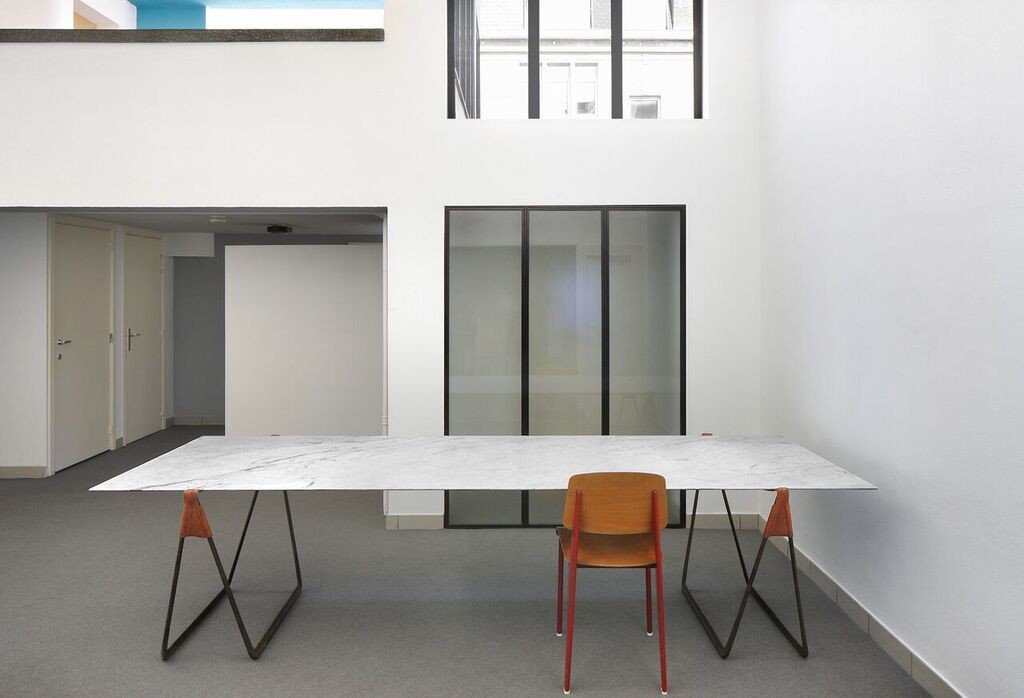

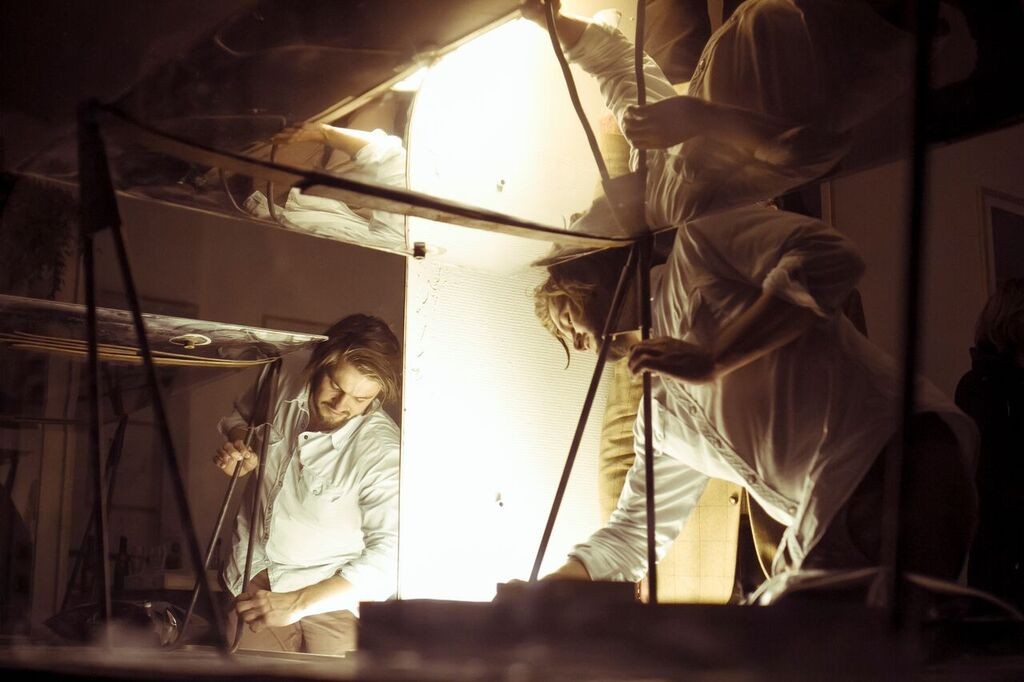 Ben and the In Vein table. Image courtesy of LRS photography.
Ben and the In Vein table. Image courtesy of LRS photography.
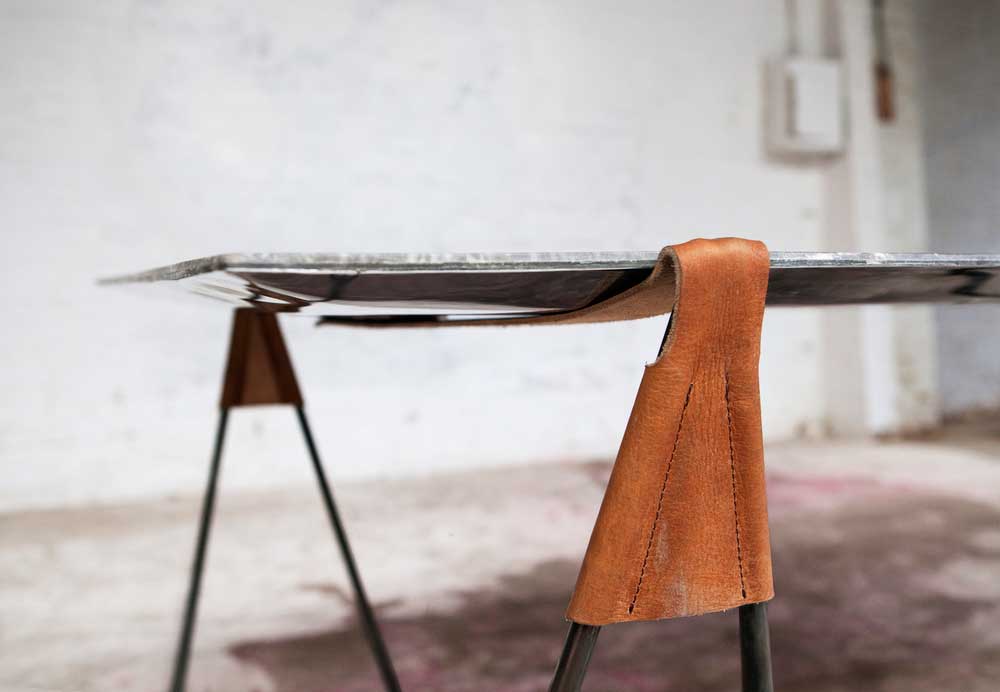
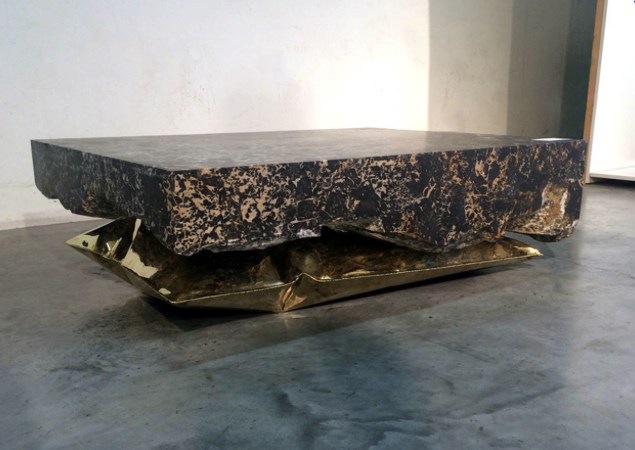
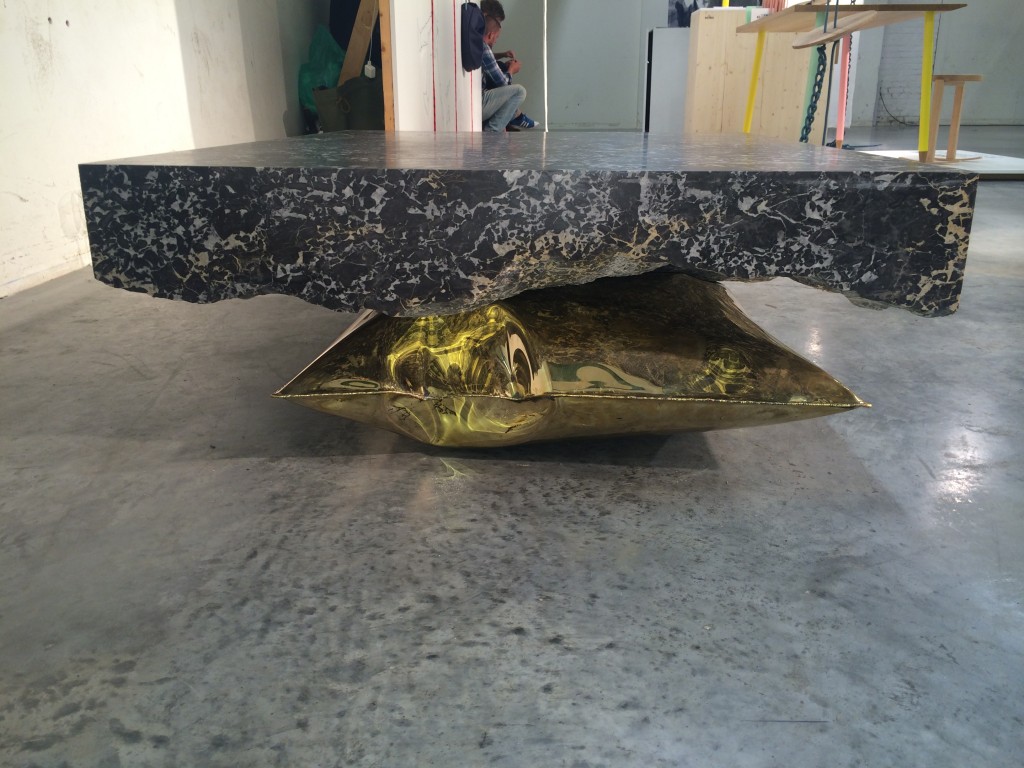
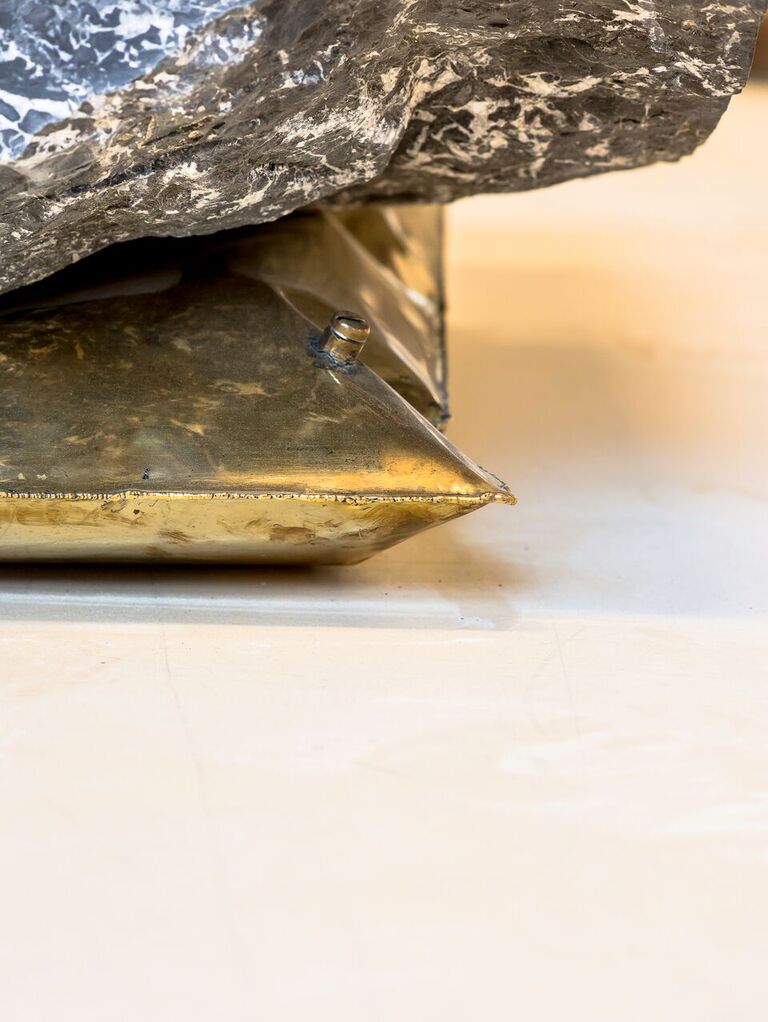


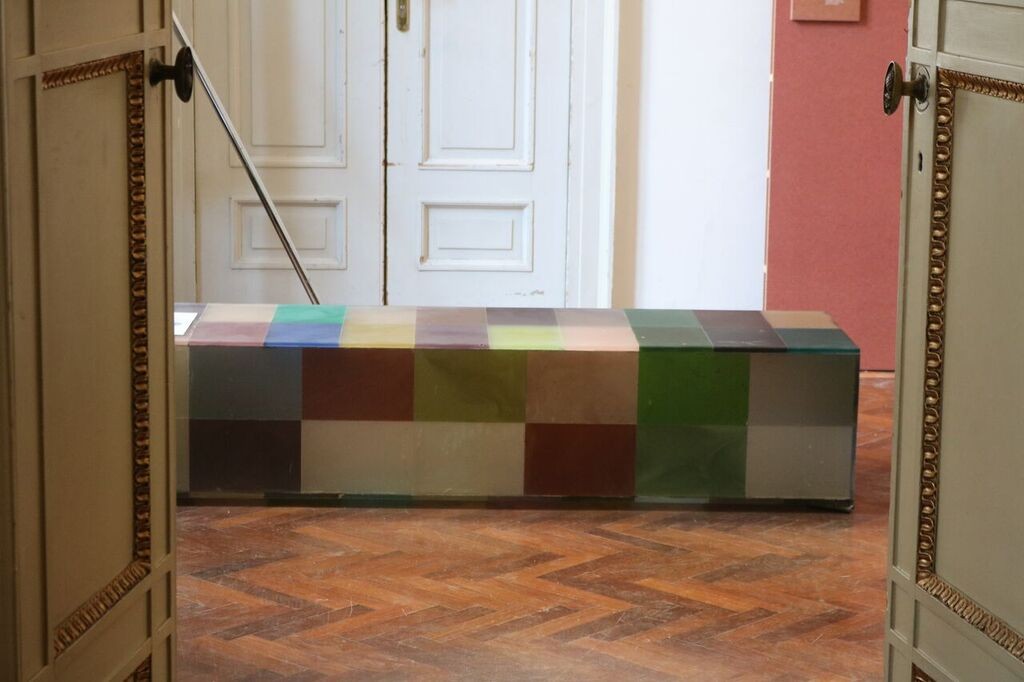
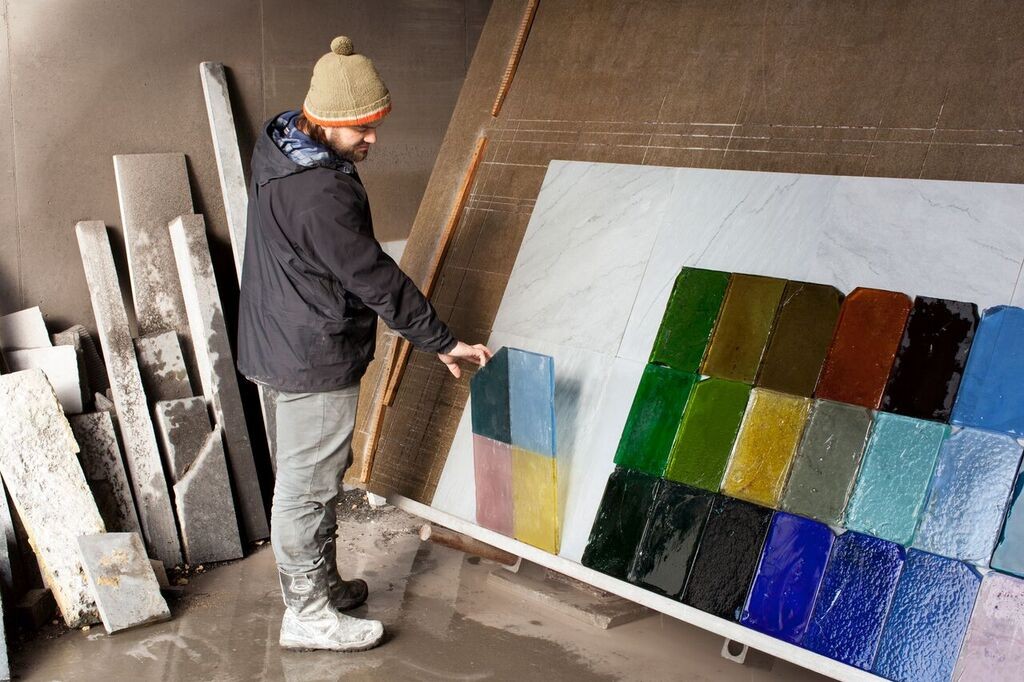 Image above courtesy of Julien Renault
Image above courtesy of Julien Renault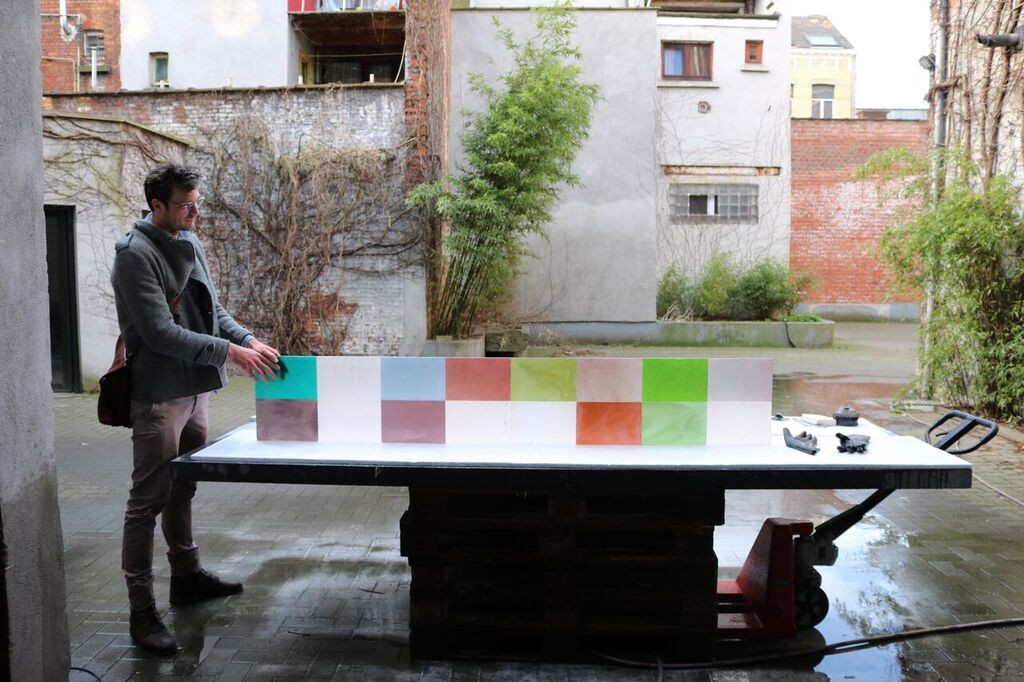



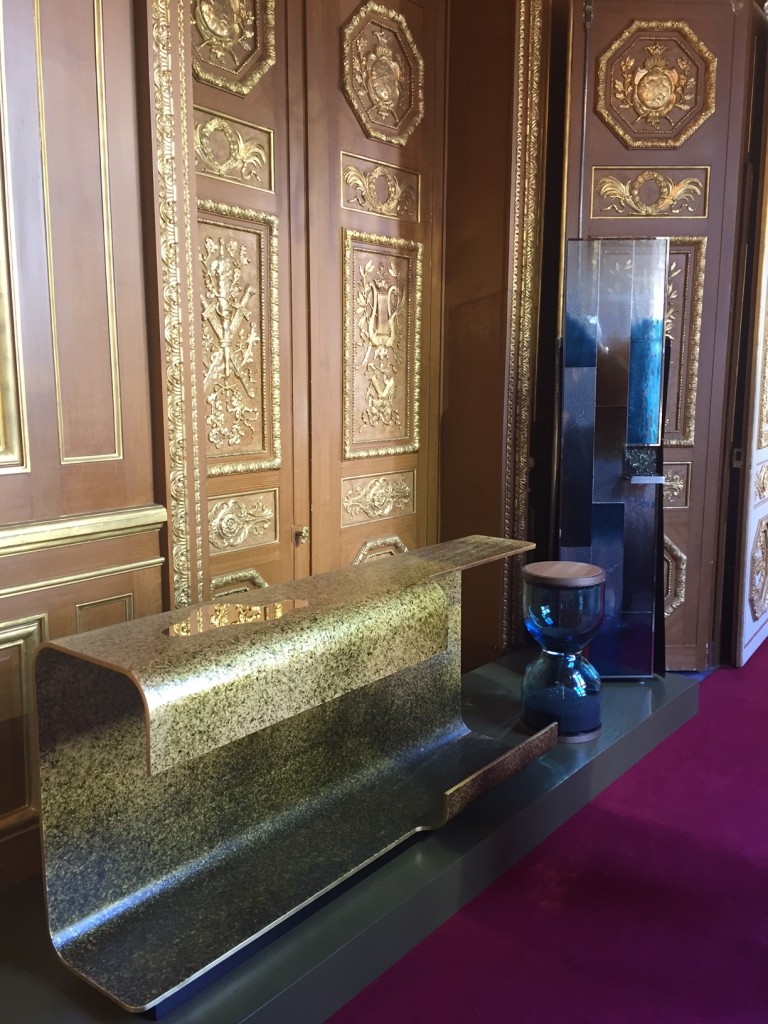
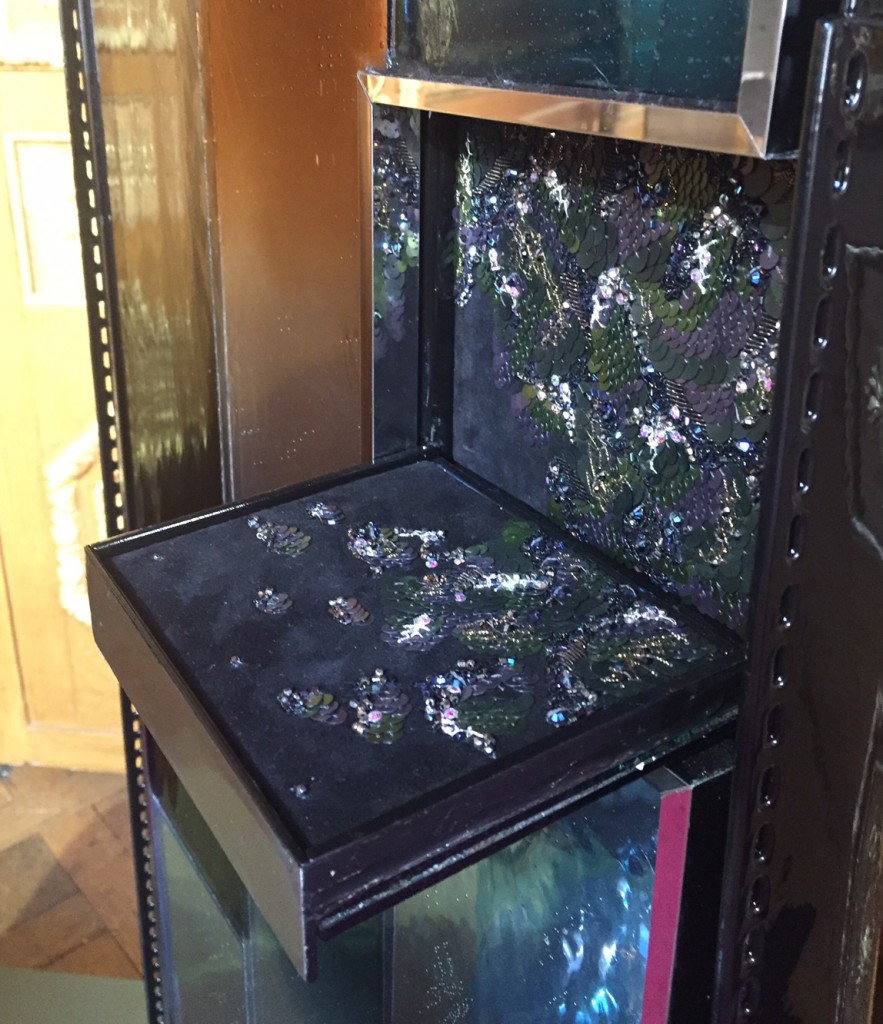
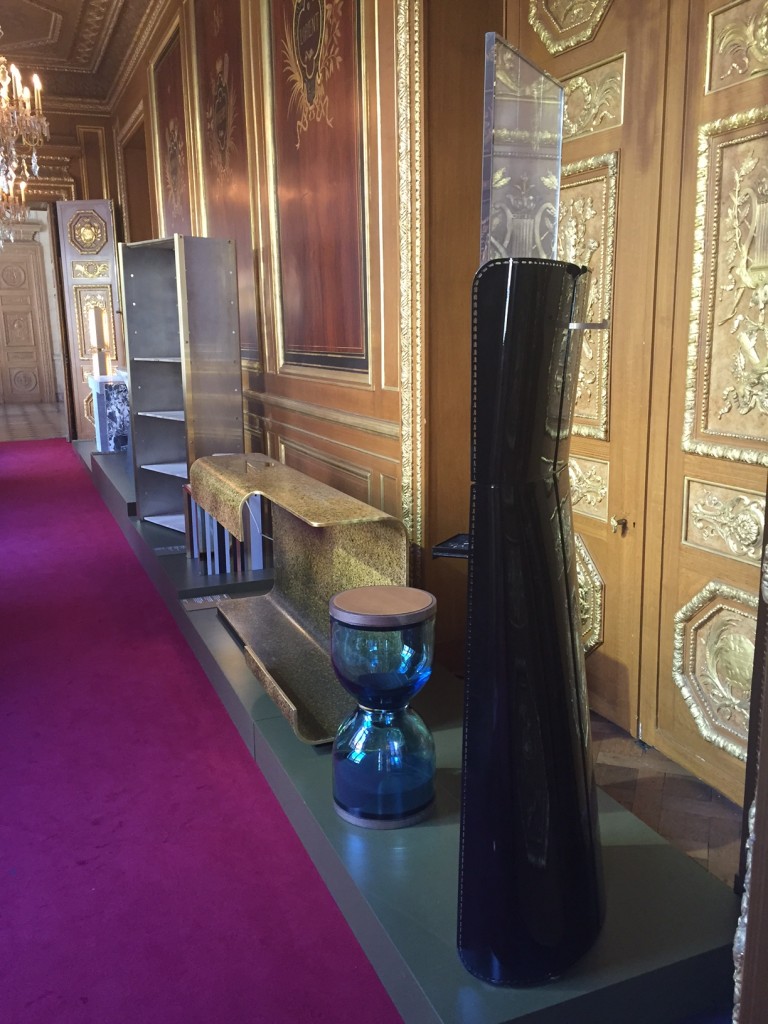
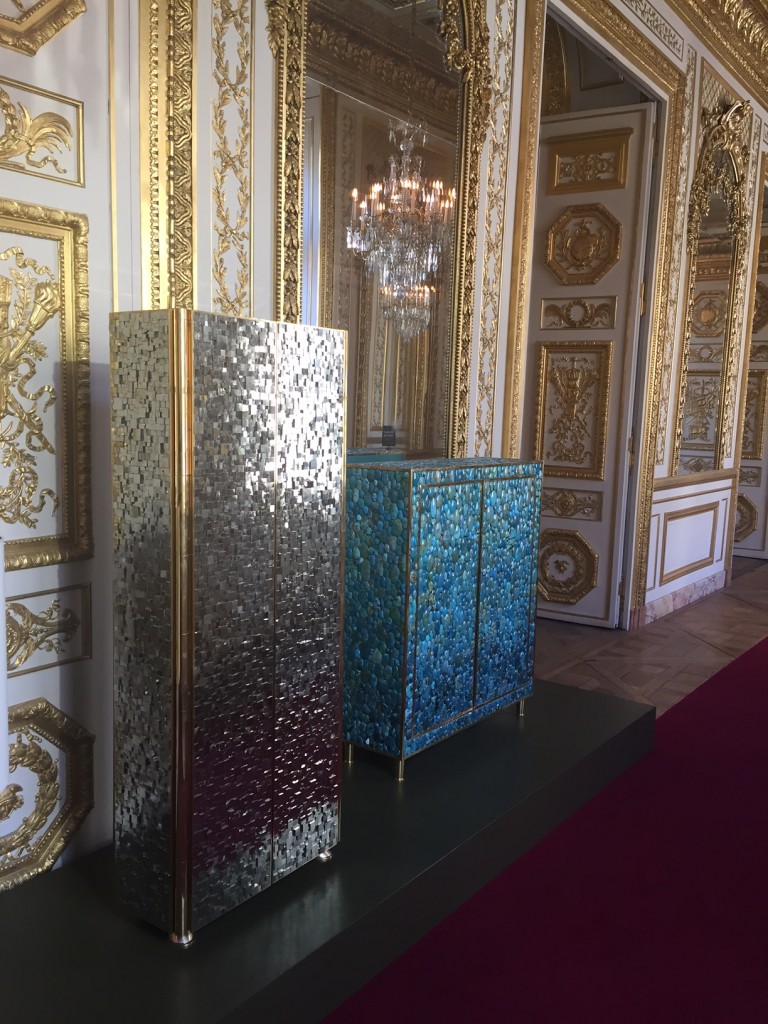
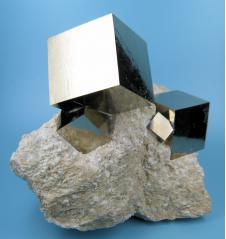
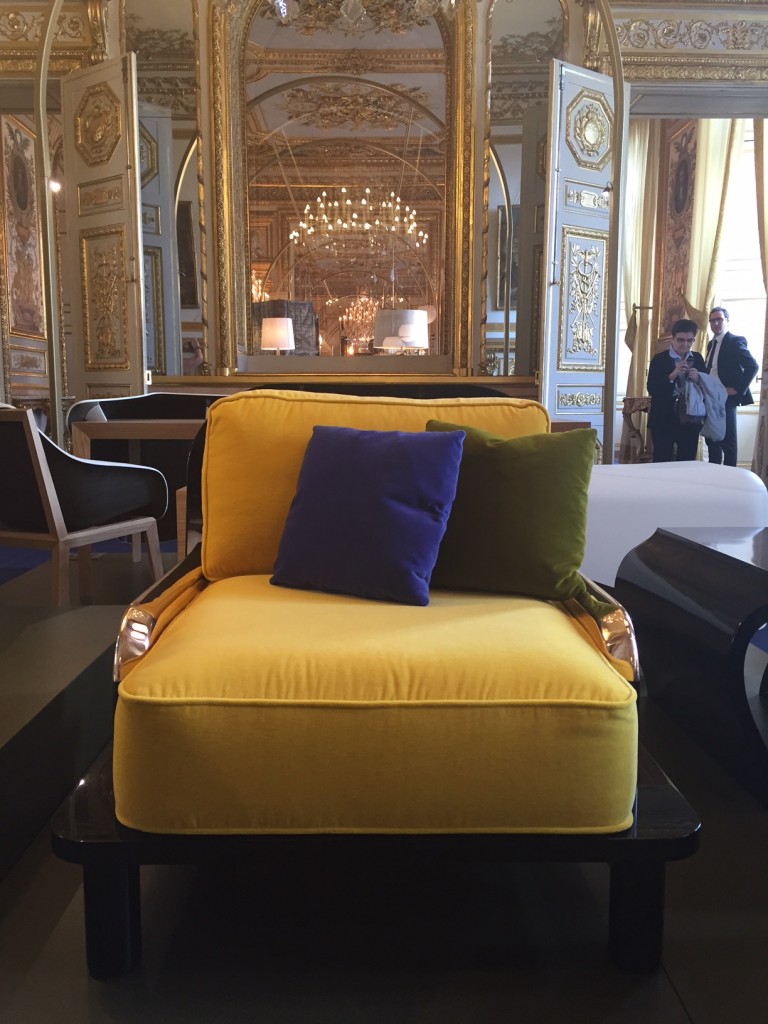

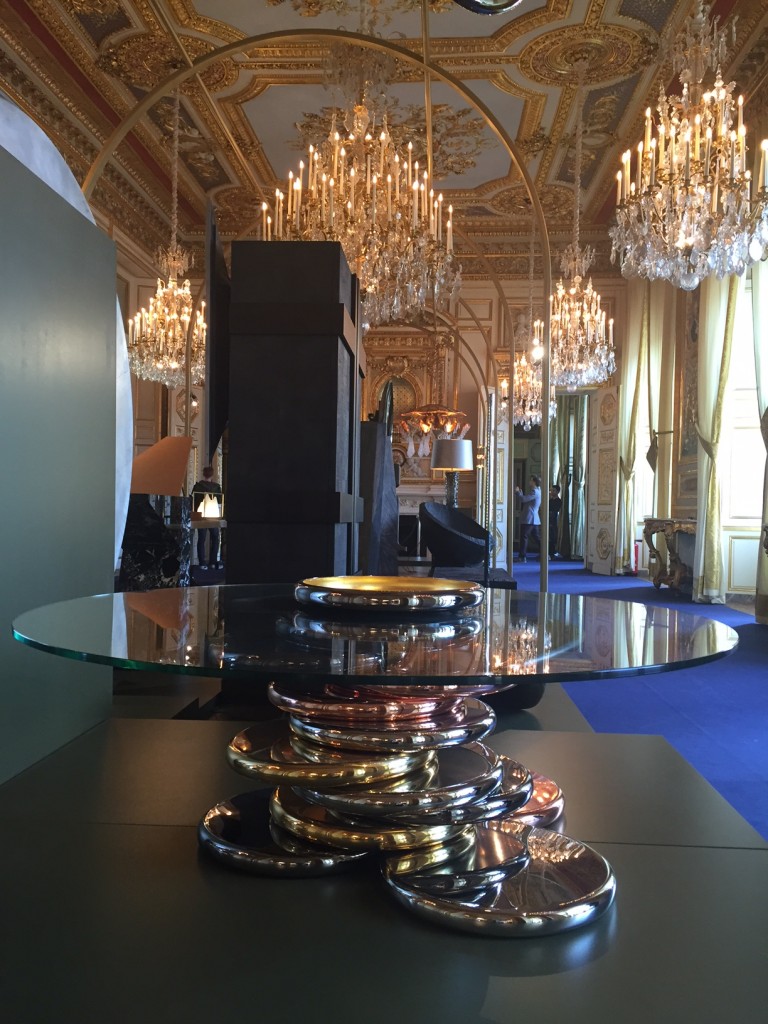
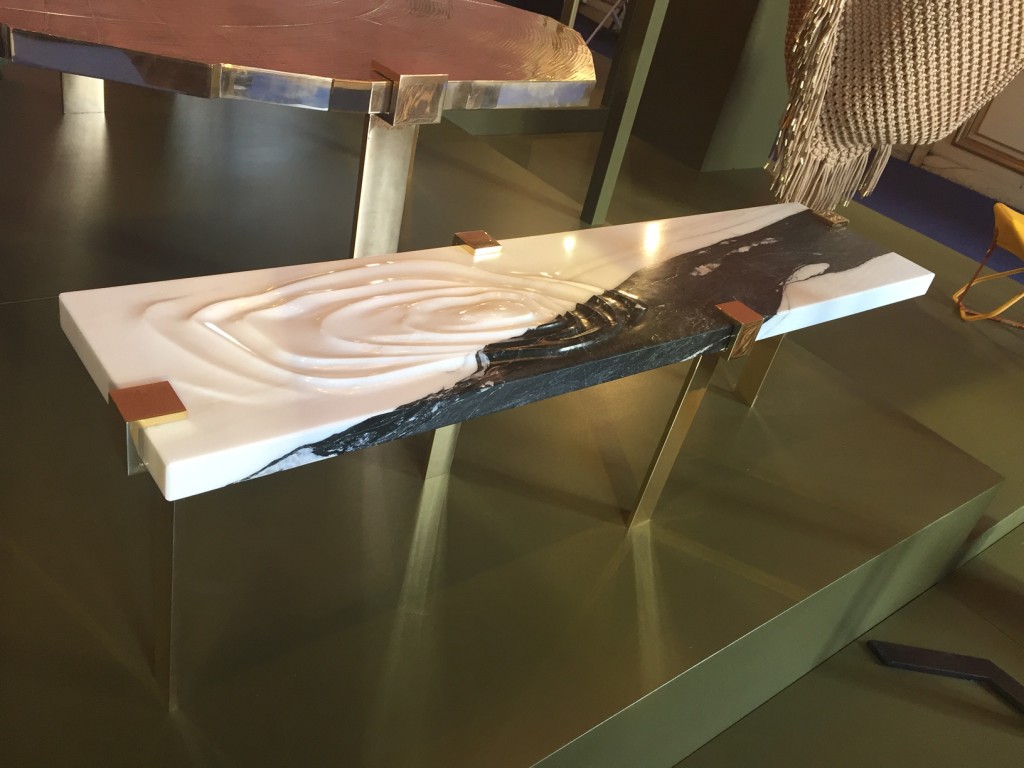
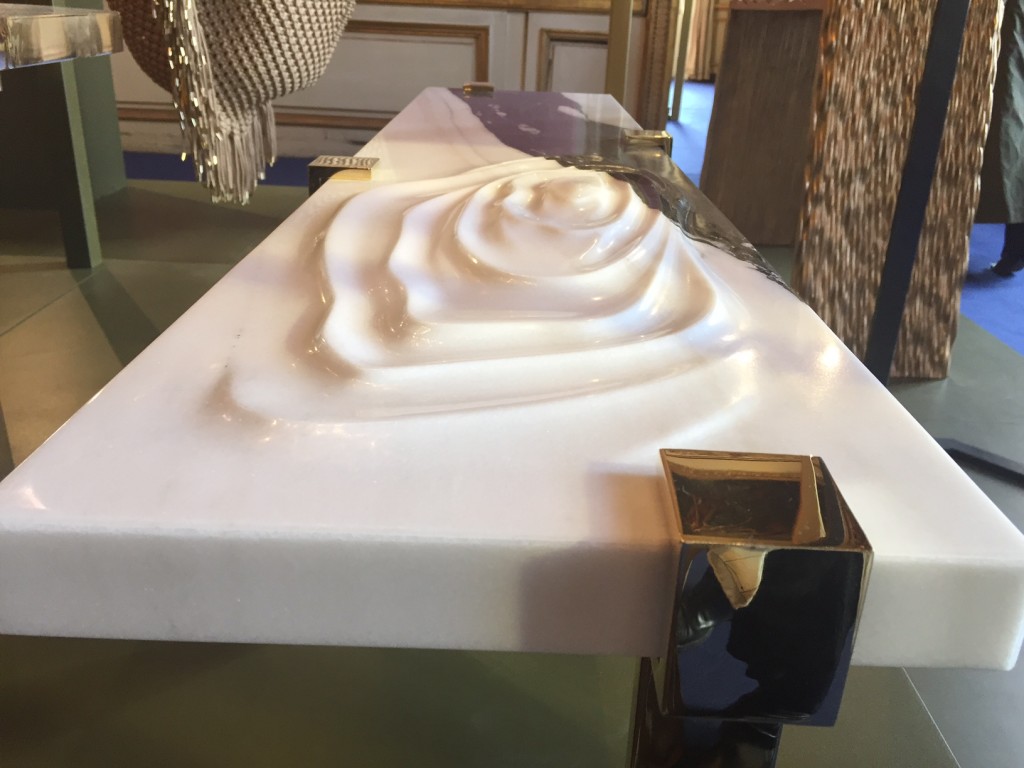

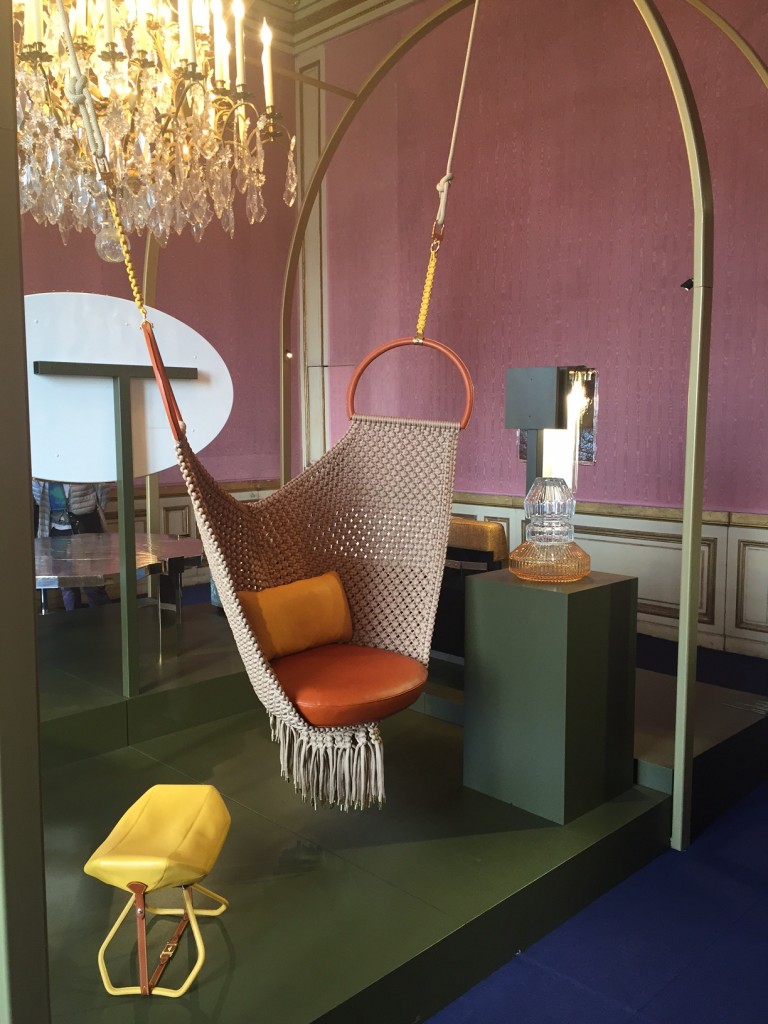
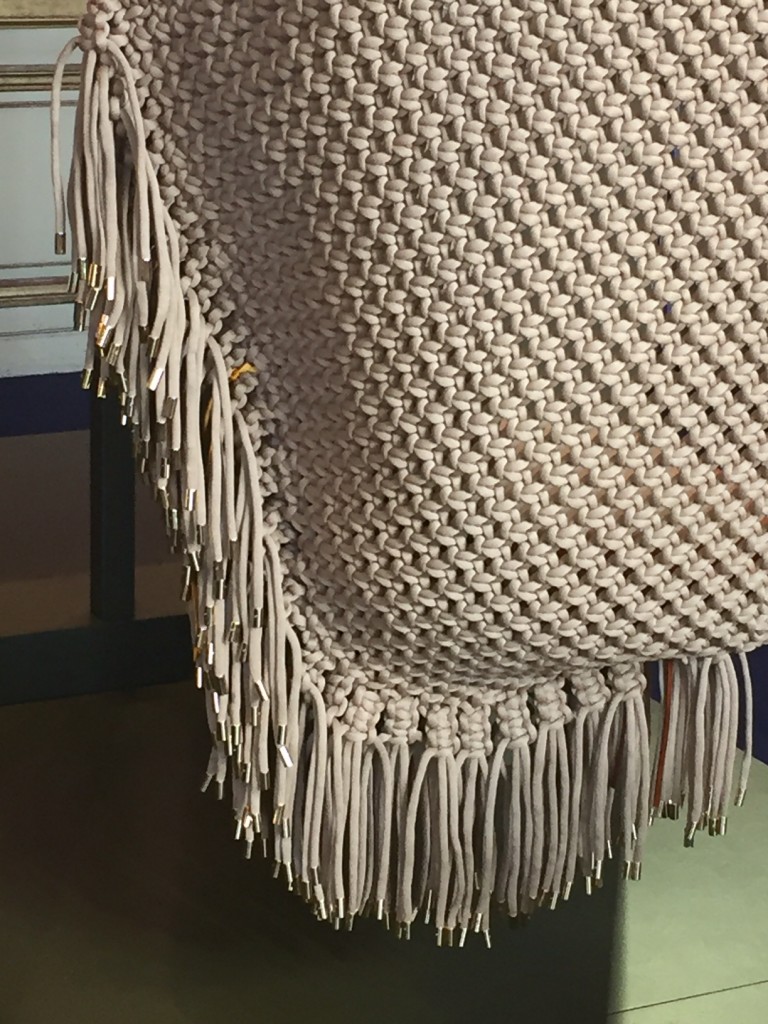

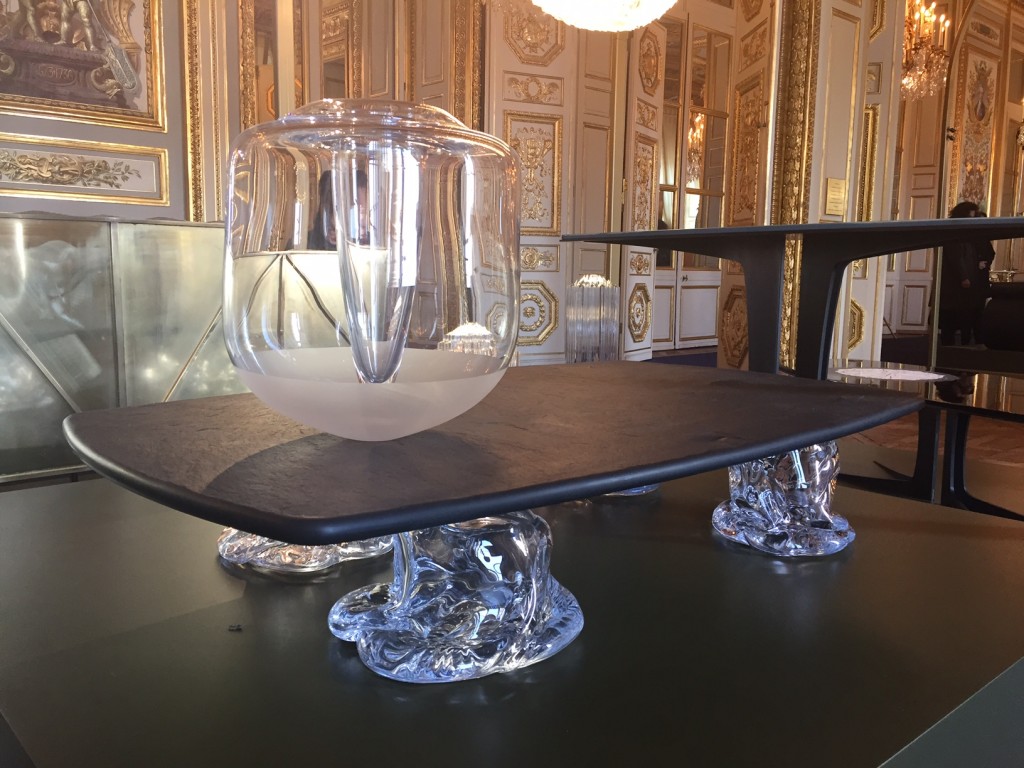
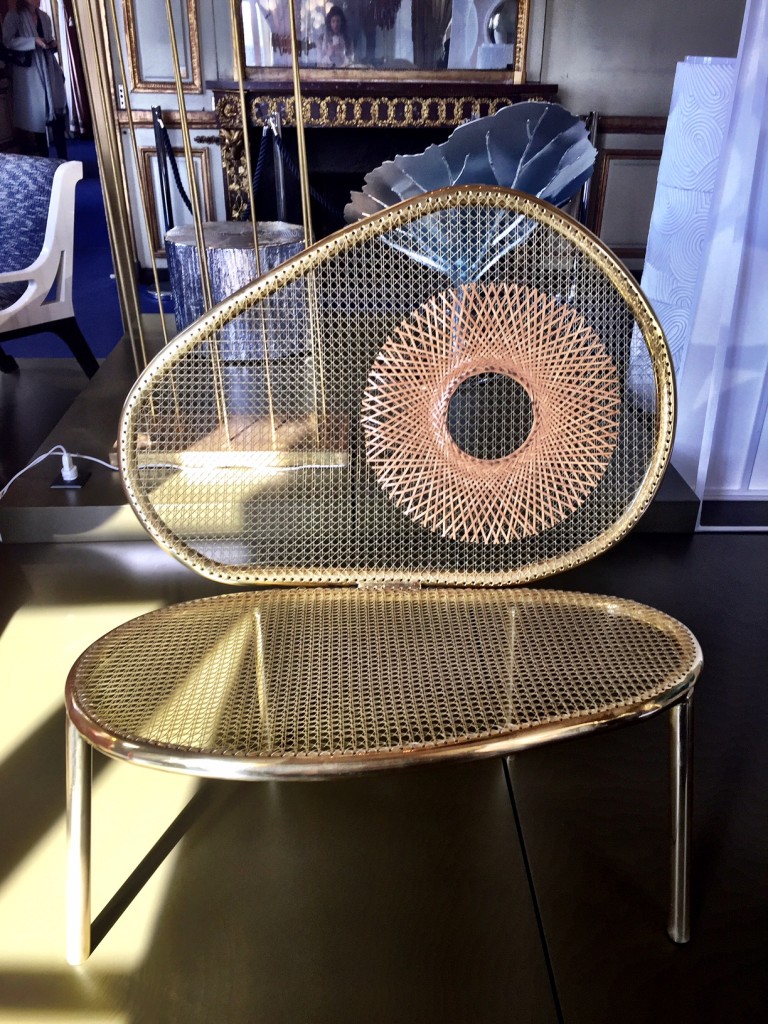
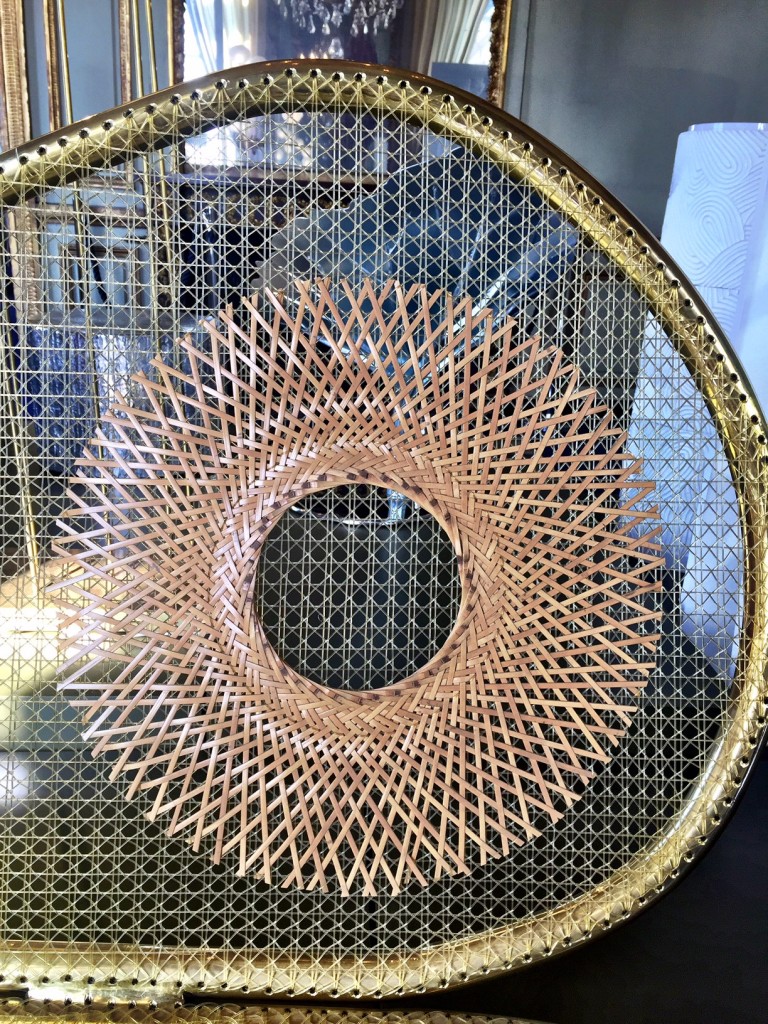
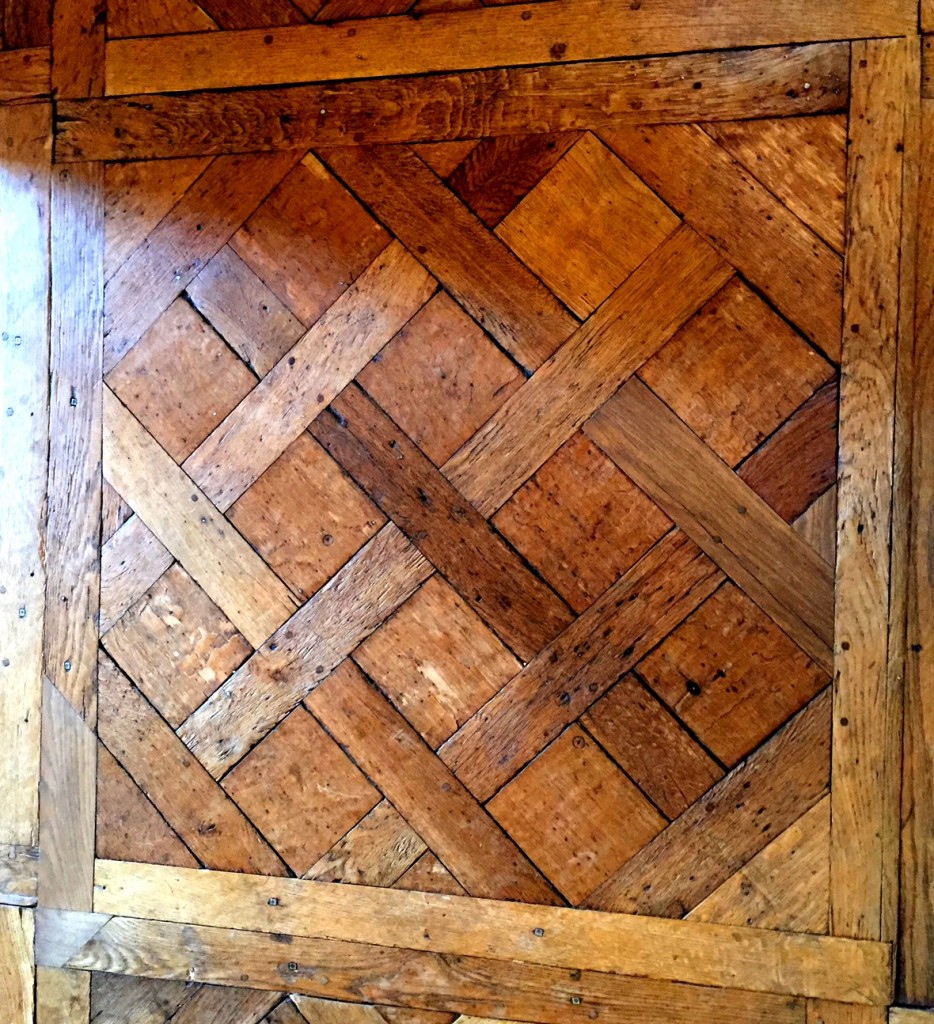
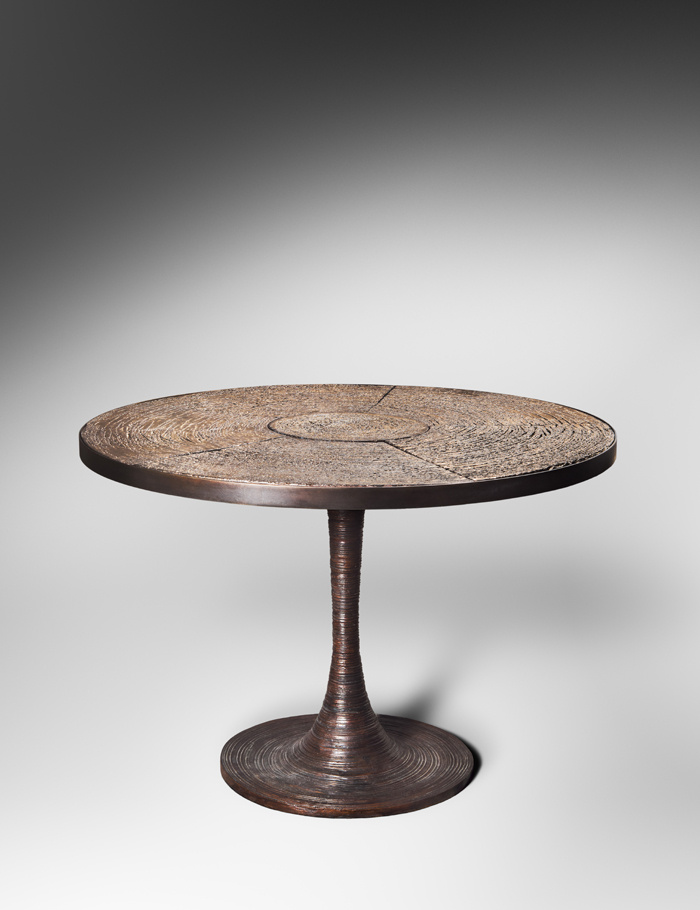

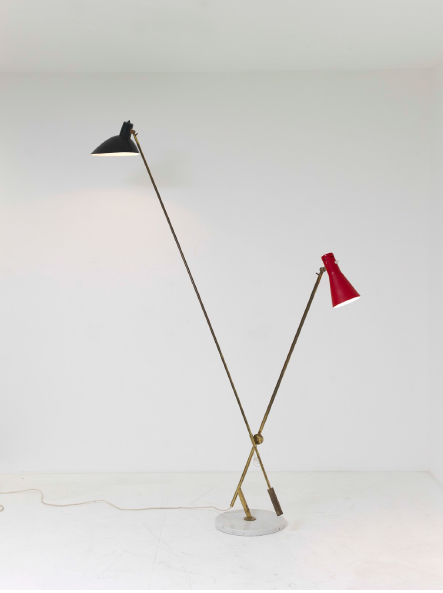
 ‘Elizabeth’ chairs and tabouret, Kofred Larsen, 1956,
‘Elizabeth’ chairs and tabouret, Kofred Larsen, 1956, 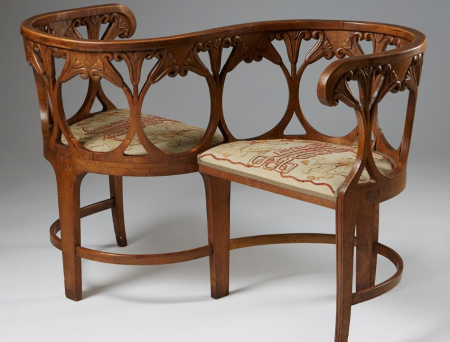


 ‘Supine’ desk in bronze 2013 by Charles Trevelyan,
‘Supine’ desk in bronze 2013 by Charles Trevelyan, 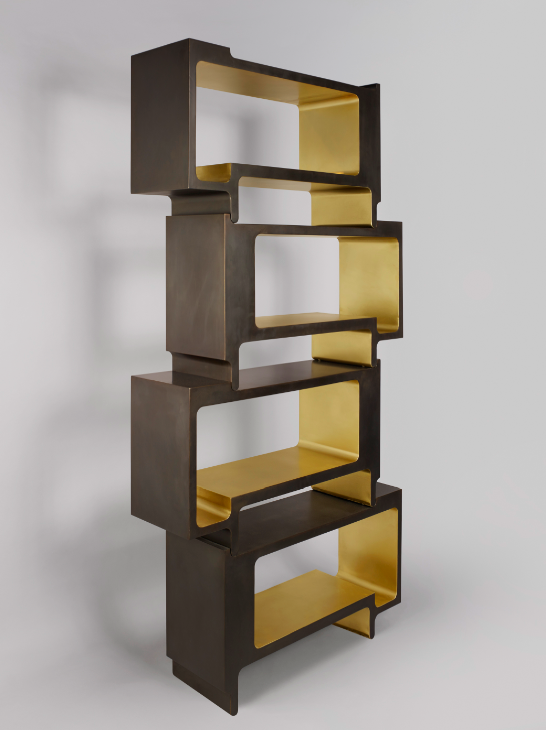



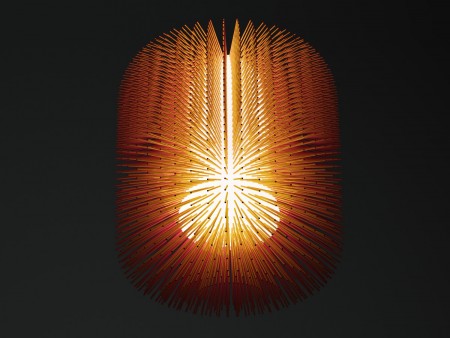
![AH #1_0139[1]](http://arte-case.com/wp-content/uploads/2016/03/AH-1_01391.jpg) This week we take a look at the world of collecting from the perspective of
This week we take a look at the world of collecting from the perspective of 






